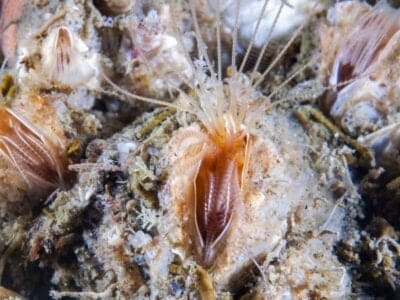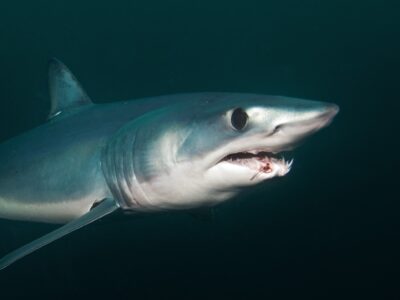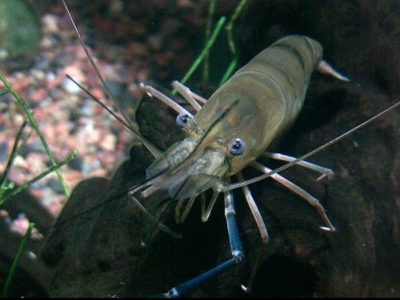Below you can find a complete list of Indian Ocean animals. We currently track 180 animals in the Indian Ocean and are adding more every day!
After the Atlantic and the Pacific, the Indian Ocean is the third largest ocean in the world. It extends from Africa to Australia and has coastlines in Asia, Africa, and Australia. It connects to many seas and other large bodies of water. Among them are:
- Andaman Sea.
- Arabian Sea.
- Bay of Bengal.
- Flores Sea.
- Great Australian Bight.
- Gulf of Aden.
- Gulf of Oman.
- Java Sea.
- Mozambique Channel.
- Persian Gulf.
- Red Sea.
- Savu Sea.
- Strait of Malacca.
- Timor Sea.
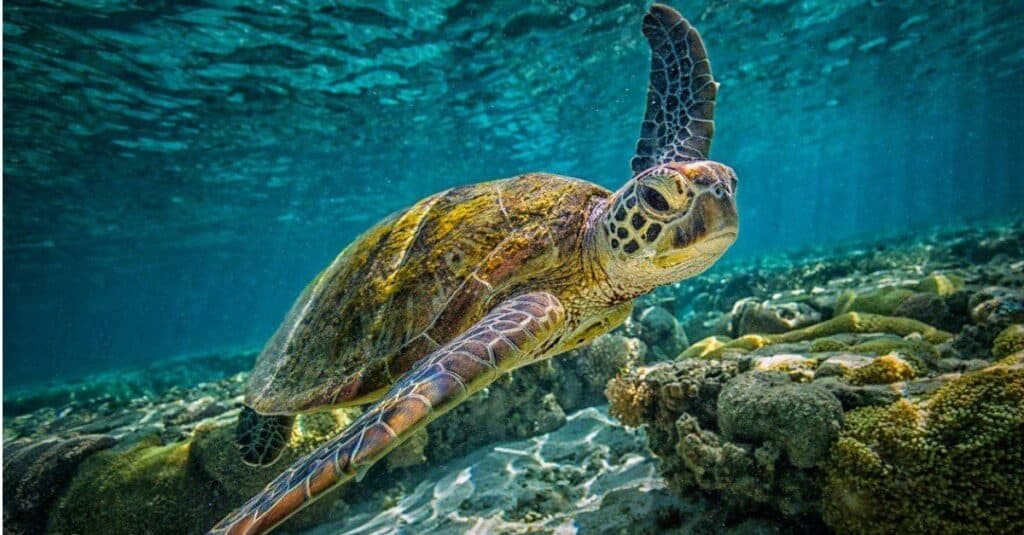
Sea turtles are among the many animals living in the Indian Ocean.
©iStock.com/Greg Sullavan
The Indian Ocean is home to several unique types of animals, including sea turtles, sharks, sea snakes, dugongs, and whales. Although the ocean itself has less marine life than other oceans because of its low plankton levels, you will find a rich array of marine life in specific areas and islands. Some of these species are extremely rare. Many are endangered or nonexistent in other parts of the world.
Where To Find the Indian Ocean’s Wildlife Species
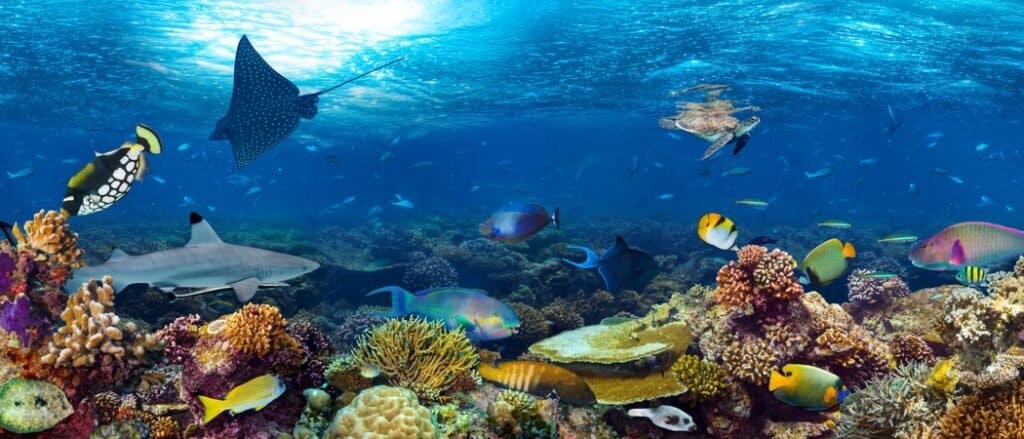
Coral reefs of Africa and Australia provide breeding grounds for hundreds of tropical fish and other marine animals.
©DECOR 3D/Shutterstock.com
The coral reefs of Africa and Australia are important ecosystems protected by national and international conservation laws. These coral reefs provide feeding and breeding grounds to hundreds of tropical fish species, sea turtles, and other marine animals.
The island country of Madagascar is a primary breeding area for humpback whales. The Maldives and Seychelles Islands provide nesting and feeding areas for shrimp, manta rays, sea turtles, giant grouper, reef sharks, and stingrays. Waters off the shores of Madagascar are breeding grounds for humpback whales. ©iStock.com/Yann-HUBERT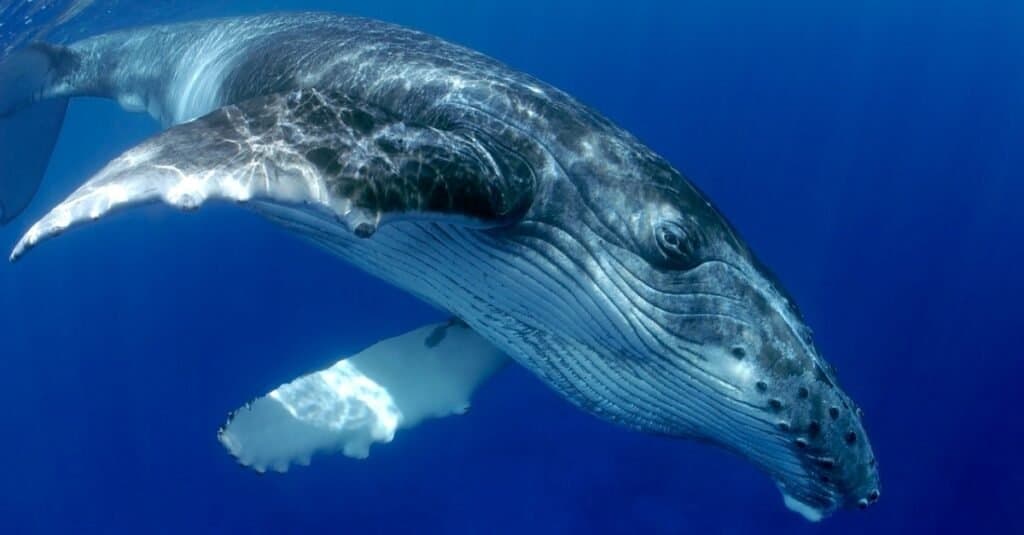
The island of Mauritius is another island rich in rare marine and animal life. Some unique creatures endemic to Mauritius include the pink pigeon, the echo parakeet, and the Mauritius kestrel, which are among the world’s rarest birds. The island is one of the few places to see the Mauritius flying fox, and the Rodrigues flying fox, two rare bat species.
Native Animals
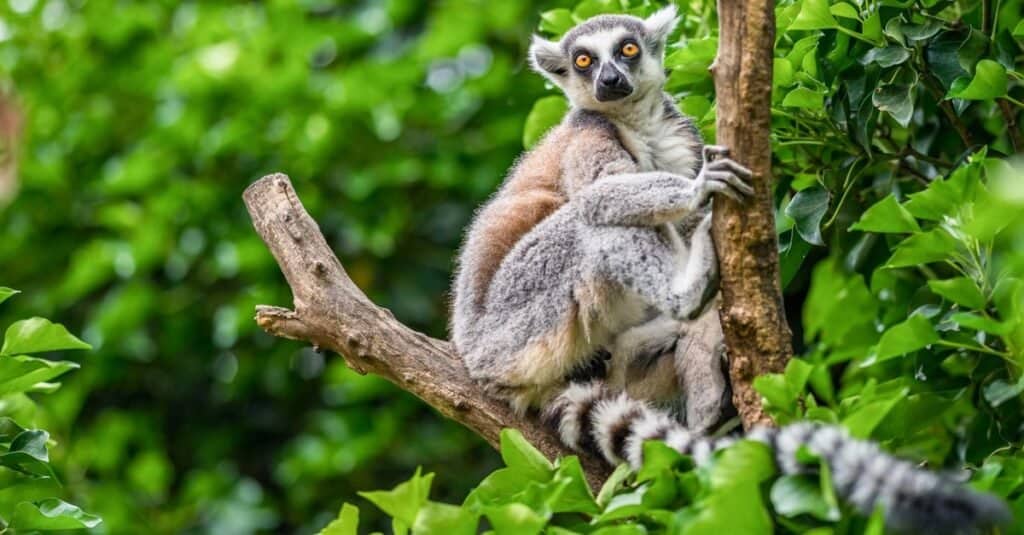
Lemurs are native to the island of Madagascar in the Indian Ocean.
©Ondrej_Novotny_92/Shutterstock.com
Spanning over 27 million square miles, it is difficult to distinguish species as “native” to the Indian Ocean. However, there are some endemic creatures roaming the waters, such as several species of shark. Additionally, many islands within the ocean are home to endemic and unique animals.
Hundreds of plant species are native to the Maldives, including mangroves and ferns. Endemic species of the archipelago are relatively few, only thought to be the flying fox and one shrew species.
Supposedly the smallest frog in the world, Gardiner’s tree frog, along with the only flightless bird of the Indian Ocean, the white-throated rail, are found only in Seychelles.
Probably the best-known island for endemic species is Madagascar, a large island surrounded by the Indian Ocean. About 90 percent of all flora and fauna found on the island is endemic to Madagascar. Out of these species, lemurs, cat-like fossa, and orchid species are some of the best known. Madagascar is an island off the coast of southeast Africa.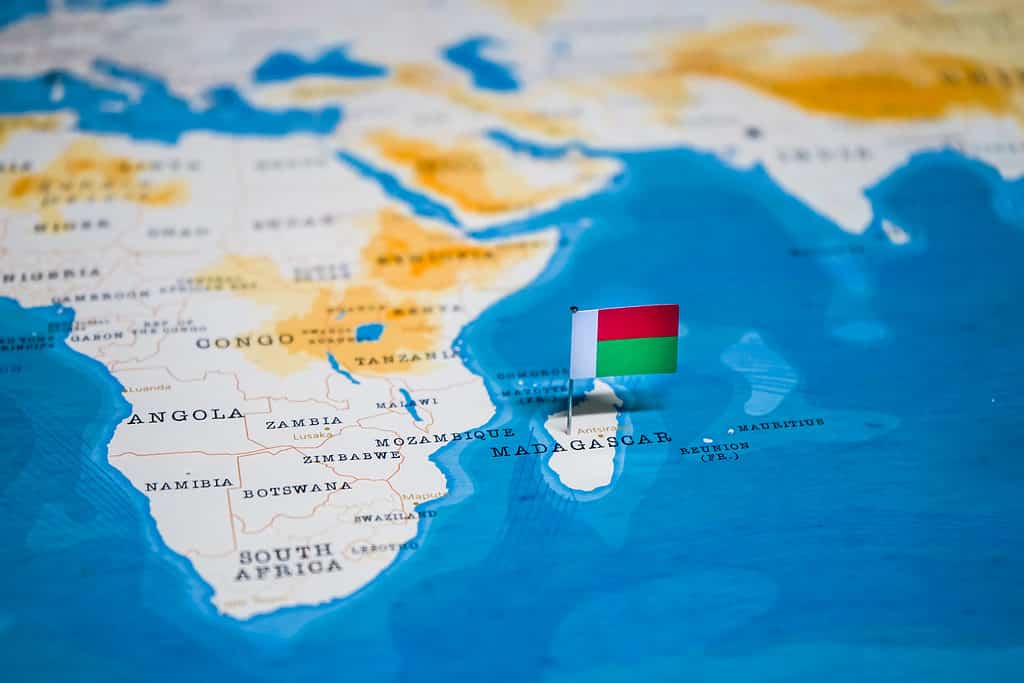
©Hyotographics/Shutterstock.com
Interesting Facts About the Indian Ocean
- It is the warmest ocean on earth.
- More than 40% of the world’s offshore oil production occurs in the Indian Ocean.
- Its primary islands are Comoros, Madagascar, Maldives, Mauritius, Seychelles, and Sri Lanka.
Rarest Animal in the Indian Ocean
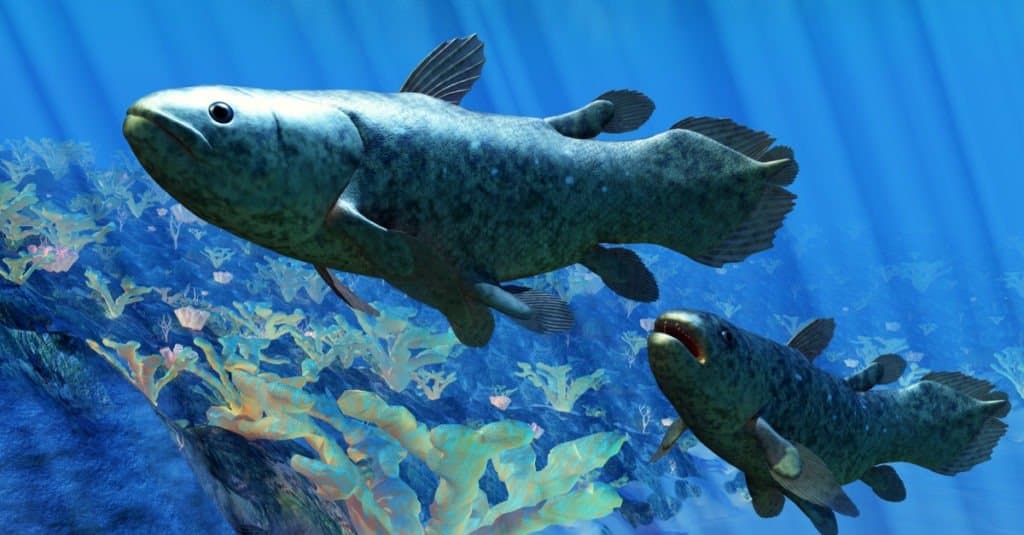
Coelacanth, thought to be extinct, has been found to be living in the Indian Ocean.
©Catmando/Shutterstock.com
An extremely rare fish once thought to have gone extinct with the dinosaurs has been found in the Indian Ocean. Coelancanth has been discovered near the coasts of South Africa, Tanzania, and the Comoros Islands. These rare fish usually live in undersea canyons and were found by fishermen fishing in deeper water for sharks.
Coelancanth is considered to be a species that illustrates the early fish’s evolution to terrestrial four-legged animals. Its origin can be traced back 420 million years. The fish is now listed as “critically endangered” with many fish being caught accidentally in fishing nets.
Largest Animal in the Indian Ocean
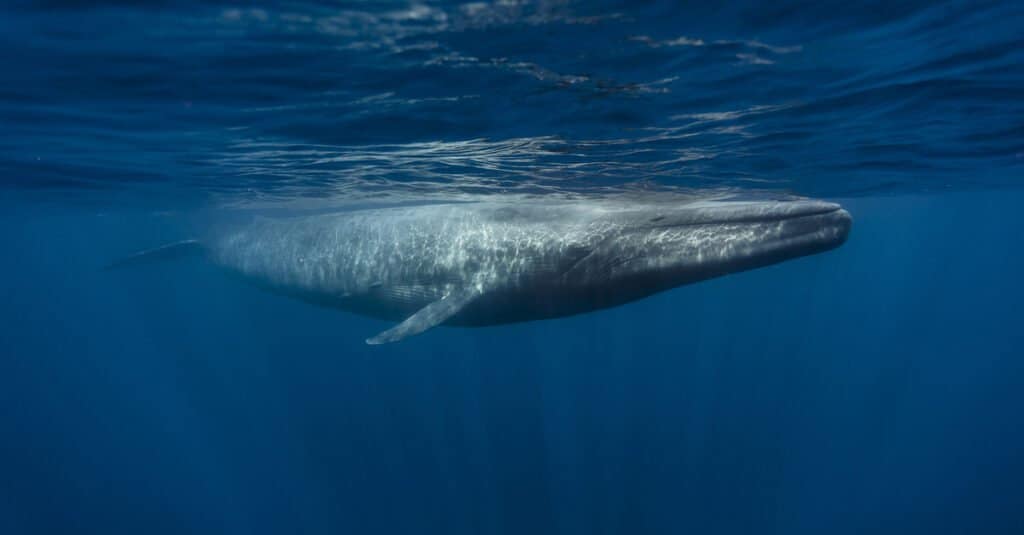
The blue whale is the largest animal in the Indian Ocean and the largest animal ever to have lived on earth.
©Andrew Sutton/Shutterstock.com
The largest animal on earth is also the largest in the Indian Ocean. The blue whale can grow up to 100 feet long and weigh upwards of 200 tons. A blue whale’s tongue weighs as much as an elephant and its heart weigh as heavy as an automobile. It’s hard to believe an animal can grow so huge on a diet of tiny krill – but apparently eating four tons a day does the job!
Blue whales travel all over the world but are currently threatened by collisions with ships and entanglement in fishing nets and reduction of zooplankton due to habitat reduction and disturbance from low-frequency noise.
This endangered baleen whale has a long and slender body of various shades of gray-blue. Blue whales are often solitary except for mother-calf pairs but have been seen in gatherings of up to 50 individuals. These whales migrate to their summer feeding grounds closer to the poles but gather near equatorial waters to breed in the winter. The animals seem to use their memory to know where and when to migrate. Not only are blue whales the largest animal on the planet – they are the largest animal ever to have existed on earth.
Extinct and Endangered Animals in the Indian Ocean
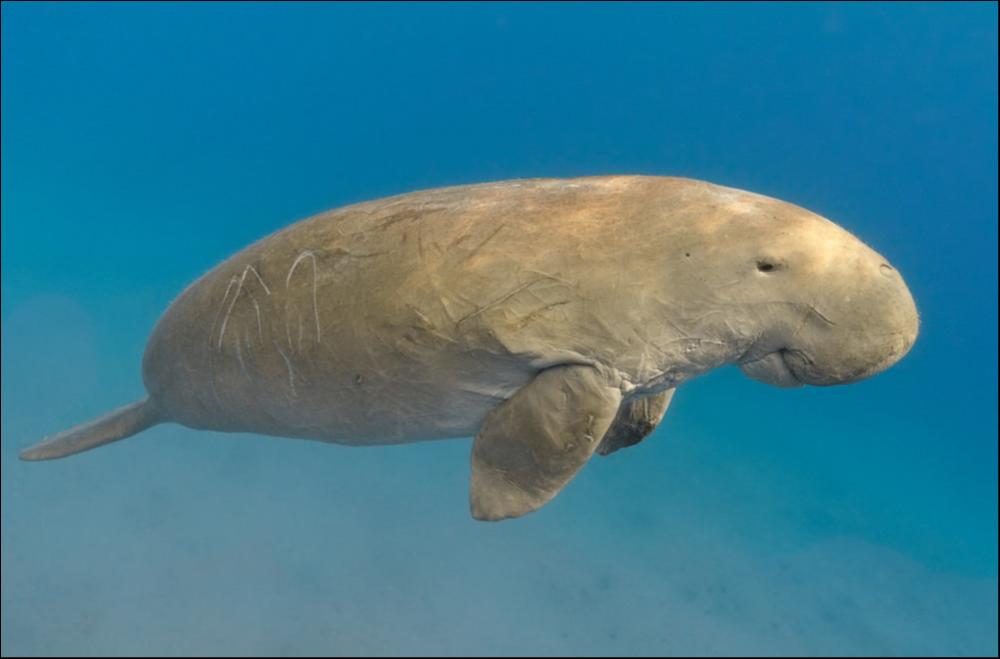
Dugongs are related to manatees and are native to the Pacific and Indian Oceans.
©vkilikov/Shutterstock.com
- Sea turtles – Sea turtles are endangered everywhere. These large reptiles can live for many years. Habitat destruction, especially of coral reefs, threatens their survival.
- African penguin – This flightless bird(Spheniscus demersus), also known as the Cape penguin, is native to South Africa. Unlike its cousins, this penguin prefers warm waters and lives on the southern coasts of the continent. Captive breeding programs have helped restore African penguin populations in some areas.
- Aldabra giant tortoise – (Aldabrachelys gigantea): One of the largest reptiles in the world, this enormous creature can live more than 200 years. The largest population of Aldabra tortoises is on the Aldabra Atoll in Seychelles. More than 100,000 of them live there.
- Blue whale – The blue whale (Balaenoptera musculus) is the largest species on earth. A blue whale can reach more than 100 feet, which is the length of three school buses. This massive, magnificent creature looks blue in the water but gray-blue when in the air. Blue whales are protected under all whaling conventions and other marine mammal treaties, but they remain critically endangered. Climate change, oil spills, whaling, and plastic pollution continue to threaten them.
- Dugong – This rare marine mammal (Dugong dugon) is a member of the Sirenia family, which includes manatees. This sweet-looking creature was hunted for its oil and meat to near extinction. Dugongs are now a protected species under most laws and are native animals to the coastal water of the Pacific and Indian Oceans. Dugongs depend on healthy seagrass communities.
- Angelfish, butterflyfish, and cuttlefish are among the endangered fish of the Indian Ocean. Giant clams, gray reef sharks, manta rays, and spiny dogfish are marine animals unique to this ocean that are facing endangerment or extinction.
Birds in the Indian Ocean
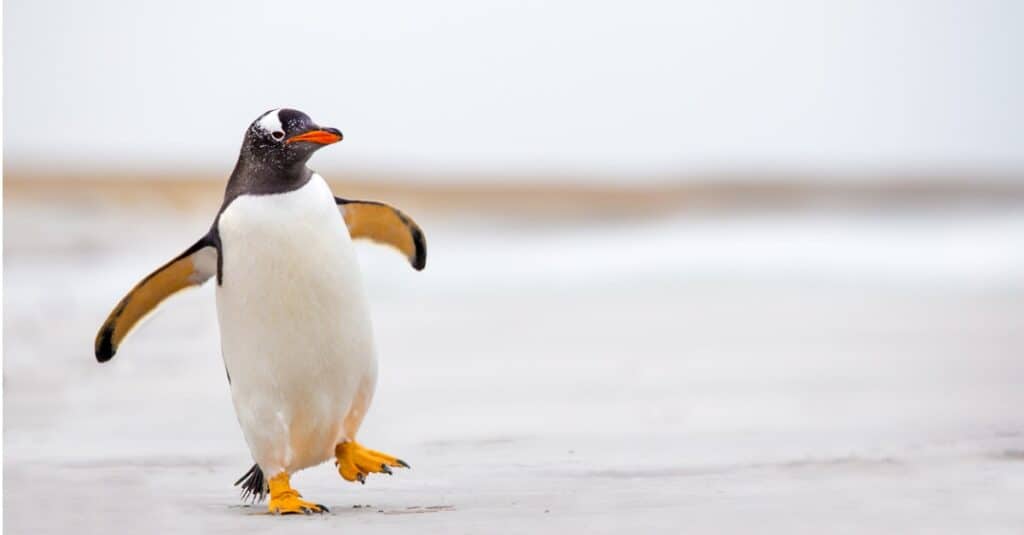
Gentoo penguins are among the many seabirds native to the Indian Ocean.
©iStock.com/fieldwork
The Indian Ocean surrounds several countries and islands, providing feeding and breeding space for countless species of seabirds. Seabirds, as the name reveals, spend the majority of their lives at sea. They are also some of the most endangered birds, threatened by overfishing, invasive species, and fishing lines. A decline in the population of seabirds is detrimental to marine ecosystems, as these birds create a bridge between land and sea, increasing reef productivity. Following are several examples of birds of the Indian Ocean.
- Albatross – Amsterdam, Black-browed, shy, light-mantled, wandering, grey-headed, Indian yellow-nosed
- Booby – Brown, masked, red-footed
- Tern – Antarctic, bridled, roseate, white, sooty, greater-crested
- Penguin – Gentoo, macaroni, southern rockhopper
- Petrel – Common diving, great-winged, cape, blue, soft-plumaged, black-bellied, grey-backed
Many other seabirds and other bird species exist near the Indian Ocean or on islands bordered by this ocean. Madagascar, the Maldives, Seychelles, and the African coast are ideal destinations for bird watching, inviting people worldwide to some of the most beautiful locations and unique species to see.
Native Fish
Along with unique marine species such as sea turtles, sharks, manta rays, sea snakes, and dugongs, the Indian Ocean holds countless fish, found on the reefs or swimming in the depths. The Indian Ocean is a crucial ground for fisheries, supplying 14 percent of the global demand for fish caught in the wild. Unfortunately, about 30 percent of these fish are already being overfished, leading to declining in populations. Fisheries also damage seabirds, many of them becoming ensnared in fishing lines and nets, threatening species populations as well.
Fish species popularly bred and caught in fisheries include cuttlefish, squid, tuna, shads, mackerel, sharks, and many more. Rules and regulations have been put into place by conservation organizations along with governments in attempts to prevent negative impacts from fisheries. Blue Marlin is one of the most difficult trophy fish to catch. ©kelldallfall/Shutterstock.com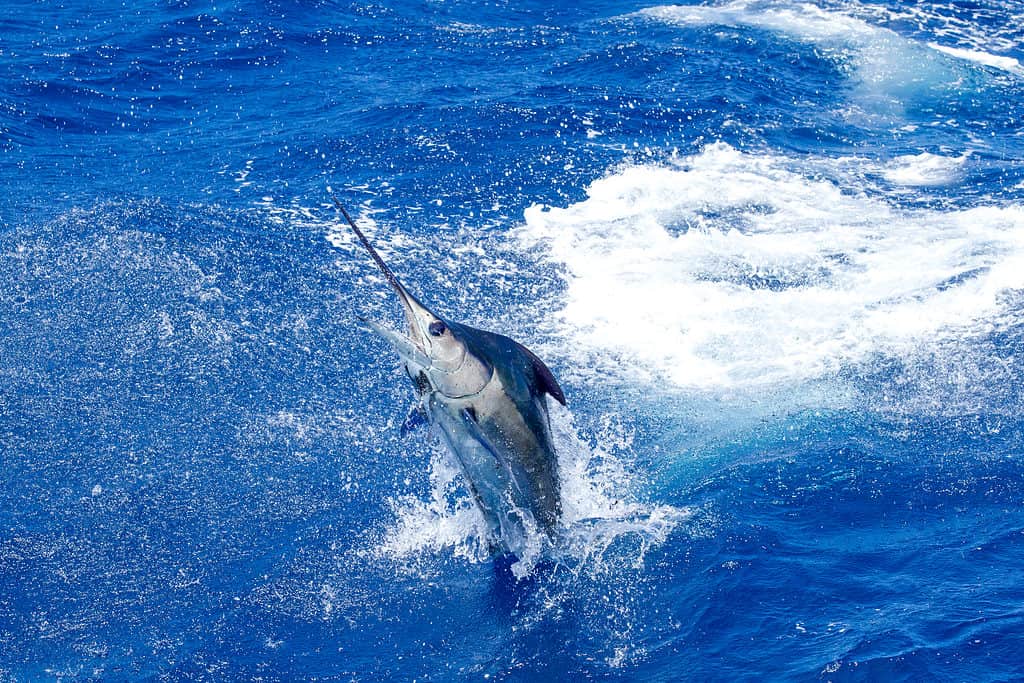
Sport fishing is also in high demand in coastal regions of the Indian Ocean. Listed are several islands within the Indian Ocean along with popular fishing in the area.
- The Seychelles are of particular interest to anglers in search of marlin, bonefish, Indo-Pacific permit, dogtooth tuna, giant trivially, and exotic jobfish. Fly fishing is also largely popular in this area.
- Off the coast of Mauritius is also exquisite game fishing. Several fishing records have been broken in this area, such as the blue marlin, a billfish able to grow up to 2,000 lb. Shark catches have also broken world records at over 1,000lb. Sailfish is also a sought-after catch along the Mauritian coast.
- Southwest of India lies the Maldives, known for its dependence on fishing for its economy but also to sustain the people of the island. Renowned skipjacks, sailfish, schools of tuna, barracuda, squirrelfish, and sharks swim off the coast of this unique archipelago. The main export of the Maldives is skipjack, also a delicacy on the islands.
While it is exciting to adventure to new and beautiful waters to catch extraordinary fish, it is also important to respect conservation efforts and country guidelines for fishing upon arrival.
Native Snakes

Sea snakes are abundant in the Indian Ocean.
©Rich Carey/Shutterstock.com
The Indian Ocean is known for its sparkling blue waters, the diversity of nature, and incredible beaches. However, visitors should be wary of certain oceanic creatures, such as sea snakes. Sea snakes of many species are abundant in the Indian Ocean. Only found in the Pacific and Indian Oceans, not a lot is known about sea snakes. Almost every sea snake is venomous, not including the genus Emydocephalus. Well-adapted to aquatic life, these snakes still breathe air through dorsal nostrils. Genus Laticuda is able to maneuver on land to a certain extent, however, most sea snakes are completely adapted to the aquatic dwelling. The most common genera of sea snakes found in the Indian Ocean include:
- Aipysurus – olive sea snakes; 9 species
- Hydrophis – sea snakes; 36 species
- Laticauda – sea kraits; 8 species
- Pseudechis; black snakes; 9 species
Where To See Wildlife in the Indian Ocean
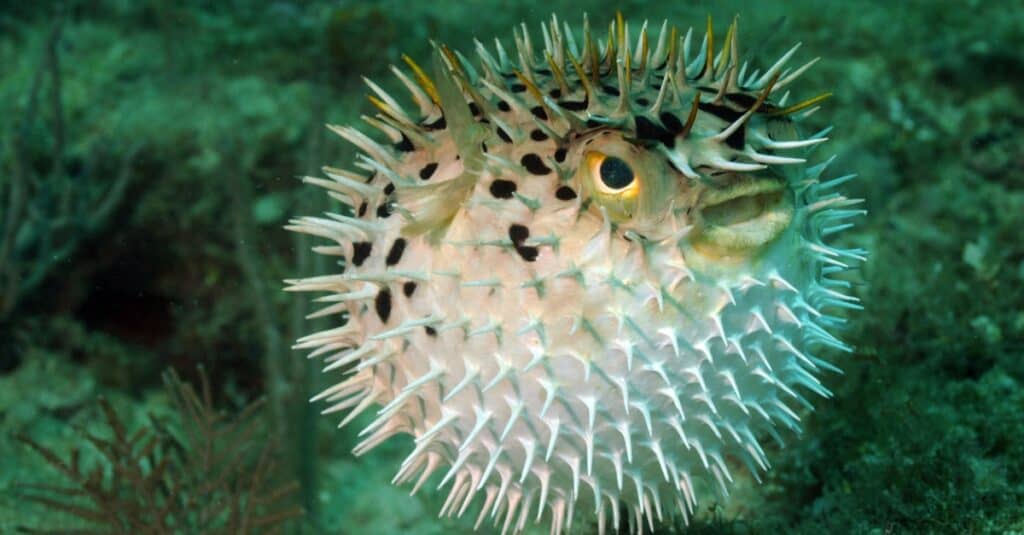
The Maldives has made it illegal to export pufferfish in an effort toward conservation.
©iStock.com/FtLaudGirl
In 2015, the British government established the Chagos Marine Protected Area. It is one of the world’s protected areas in the world. Chagos is a former British colony that is part of the 70-island Chagos Archipelago. This area has healthy and diverse coral, which is essential for many ocean species.
Conservationists have spotted more than 780 different species in the protected area. These include unique fish like the Chagos clownfish (Amphiprion chagosensis), manta rays, whale sharks, and tuna. These waters are a protected breeding ground for silky sharks, which are an endangered species.
Besides this and similar large-scale protected areas, each country in the Indian Ocean has its own reserves and protected areas. Mauritius, for instance, has two sea turtle reserves, Fregate Island Turtle Reserve and Pearl Island Turtle Reserve. It also has Baie de l’Arsenal marine park, Black River Gorges National Park, and other preserves.
In 2020, the Seychelles Islands established a vast marine protected area in a deal conducted with the U.S.-based Nature Conservancy. Under the agreement, half of Seychelles’ marine protected areas will be “no-take zones,” which prohibit fishing, mining, and drilling. The others allow strictly regulated fishing. Protected coral reefs offer homes for marine life such as this angelfish.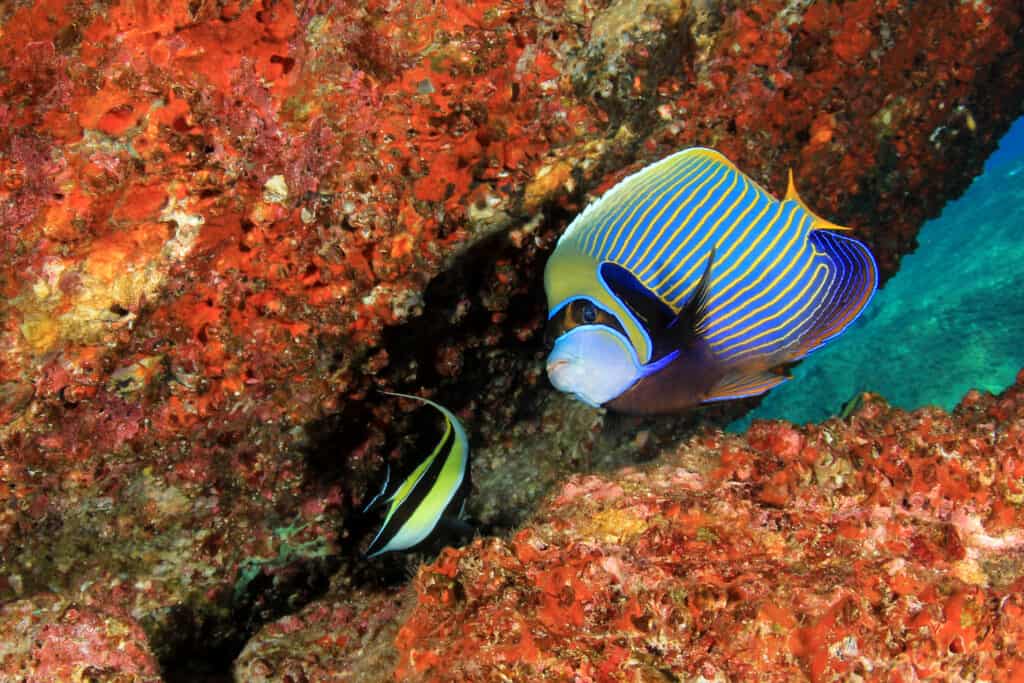
©Rich Carey/Shutterstock.com
Protected Dive Sites
The Maldives has established 25 protected dive sites to preserve coral reefs, sea turtles, tropical fish, and endangered white terns. The Maldives has also made it illegal to export dolphins, lobsters, pufferfish, whales, corals, oysters, and other threatened fish species.
The islands of the Indian Ocean offer unique opportunities for snorkelers, scuba divers, and other tourists to see marine life up close. If you want to see this vivid wildlife, visiting the protected areas of these islands is the best way.
The Most Dangerous Animals in the Indian Ocean
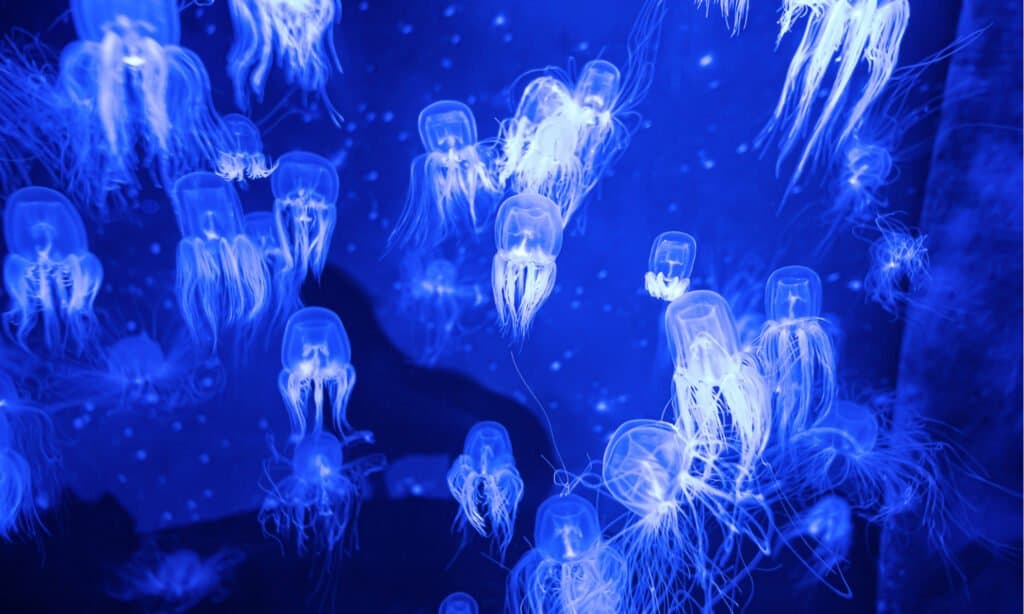
A bite from one tentacle of a
box jellyfish
is enough to kill 50 humans.
©Nuttawut Uttamaharad/Shutterstock.com
There are many dangerous types of animals in the Indian Ocean, including sharks, stingrays, and barracudas. Here are some dangerous sea creatures unique to this ocean.
- Sea snakes: These long, brightly colored snakes live almost exclusively in the Indian Ocean. They are adapted for ocean life, and some of them never need to venture onto land. Sea snakes are extremely venomous. You don’t feel the bite when it happens, but it can be fatal if left untreated. Fortunately, sea snake bites on humans are very rare.
- Box jellyfish: With no claws or teeth, this watery creature is one of the most dangerous animals in the world. A box jellyfish has 50 or more tentacles, and each tentacle can reach 15 feet. A bite from one tentacle is enough to kill 50 humans. Box jellyfish are also called sea wasps or marine stringers. Scientists estimate that box jellyfish kill more than 100 people every year.
Conservation
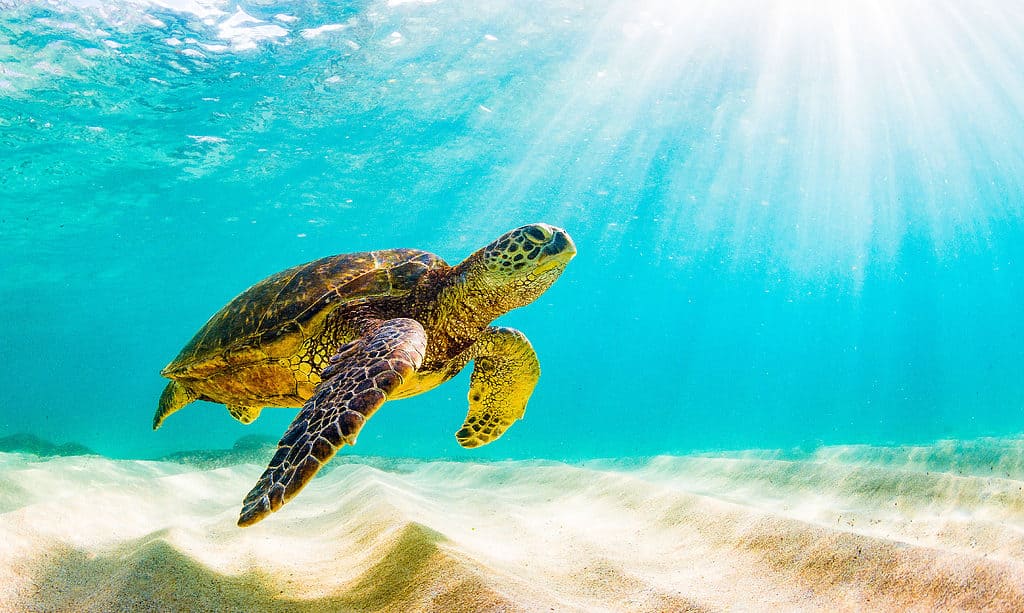
Green sea turtles are among the rarest creatures in the Indian Ocean.
©iStock.com/ShaneMyersPhoto
The Great Blue Wall initiative, launched in November 2022, aims to promote transboundary cooperation between ten nations: Comoros, Kenya, Madagascar, Mauritius, Mozambique, Seychelles, Somalia, South Africa, Tanzania, and France. The focus of these conservation efforts will be coral reefs, mangroves, and seagrass meadows, a lesser-known underwater ecosystem critical for carbon sequestration and oceanic biodiversity.
The Indian Ocean boasts a rich array of unique, colorful wildlife in its waters and on its coastlines. Like sea creatures everywhere, these animals face the threats of habitat loss, climate change, overfishing, and plastic pollution. Conservationists hope more countries will take action to halt the destruction of this beautiful, vibrant ocean.
Indian Ocean Animals
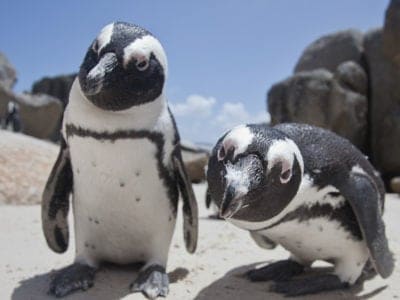
African Penguin
The only penguin species in Africa!
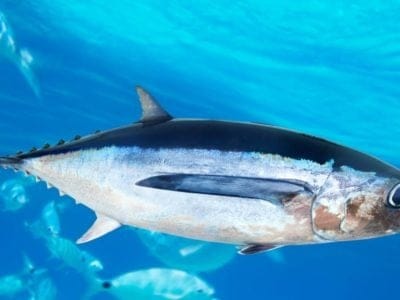
Albacore Tuna
The albacore is a very fast swimmer
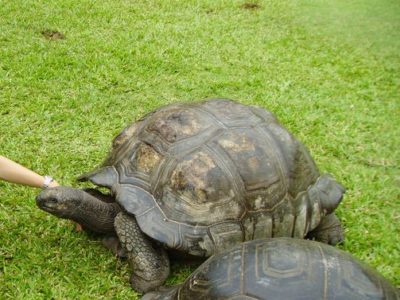
Aldabra Giant Tortoise
One got to be 255 years old!

Anchovies
November 12th is celebrated as National Pizza with the Works Except Anchovies Day
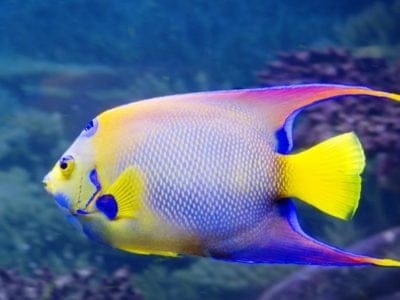
Angelfish
There are 70 different species!
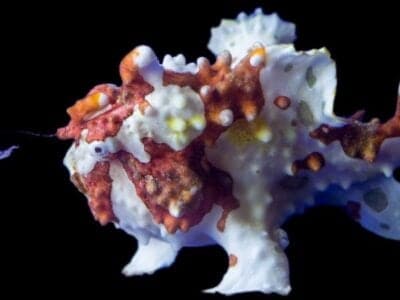
Anglerfish
The anglerfish has a glowing lure on its head to attract unsuspecting prey
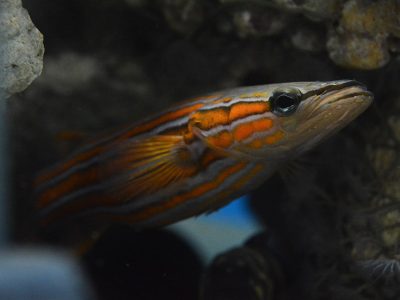
Australian Flathead Perch
This small fish fetches a high price tag, with individuals selling from $1,000 to $5,000.
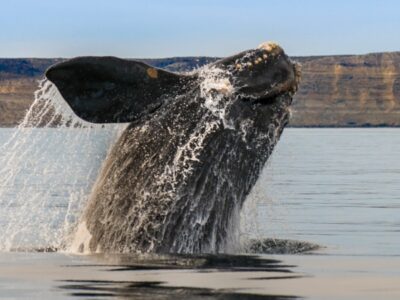
Baleen Whale
“Sings” a whale song during breeding season.
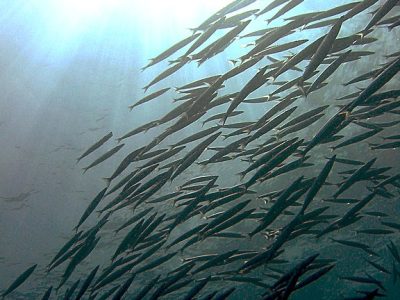
Barracuda
Can grow to nearly 2 meters long!
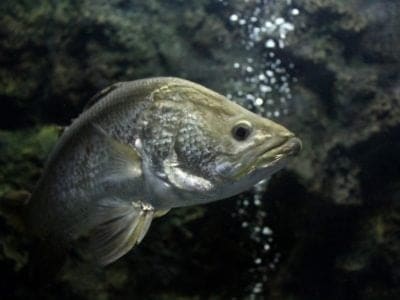
Barramundi Fish
Scale rings indicate age
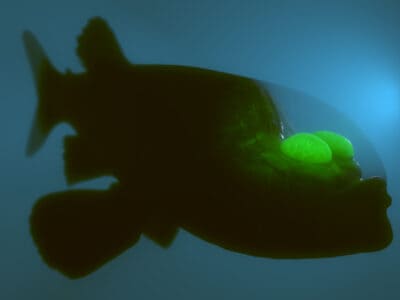
Barreleye Fish (Barrel Eye)
A barreleye fish's eyes can rotate in their head to look for prey.
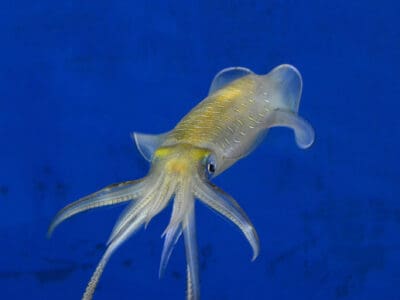
Bigfin Reef Squid
Can change color through use of chromatophores

Bird
Not all birds are able to fly!
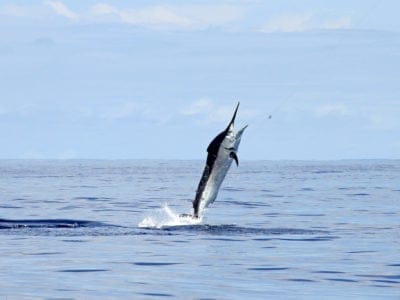
Black Marlin
Every black marlin is born as a female.
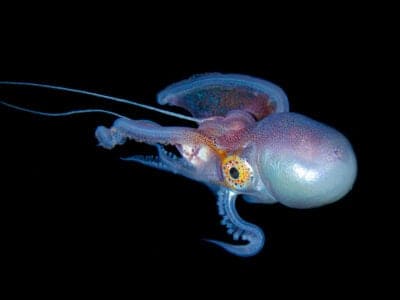
Blanket Octopus
Females can weigh up to 40,000 times more than their partners.
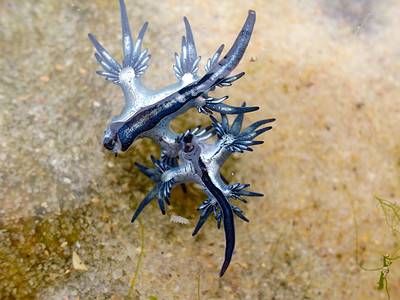
Blue Dragon Sea Slug
They inflict a painful, venomous sting
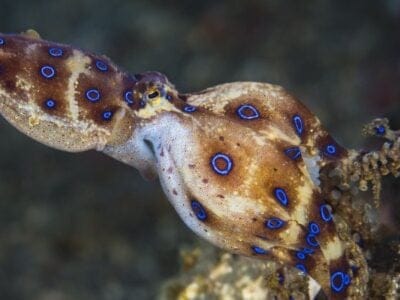
Blue-Ringed Octopus
The blue-ringed octopus produces some of the deadliest poison in the world
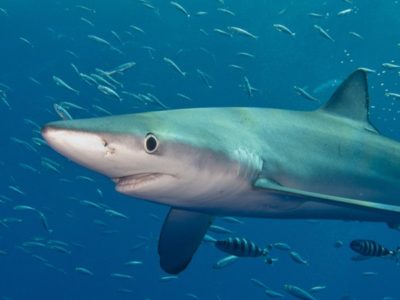
Blue Shark
Blue sharks can have up to 135 pups at a time.
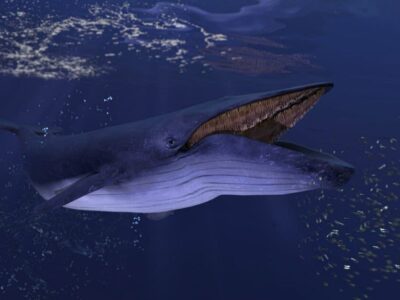
Blue Whale
The largest animal on Earth
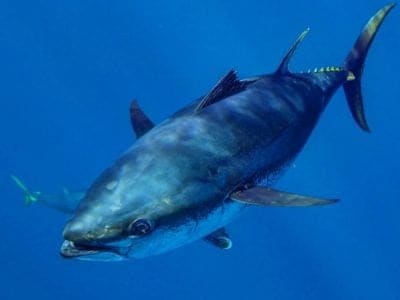
Bluefin Tuna
The bluefin is one of the largest fish in the world
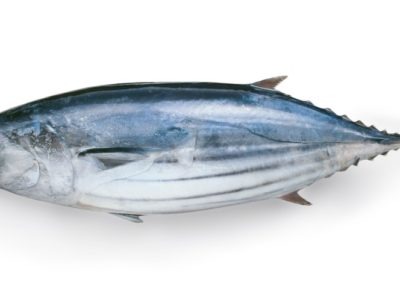
Bonito Fish
May eat squid or other small invertebrate ocean life
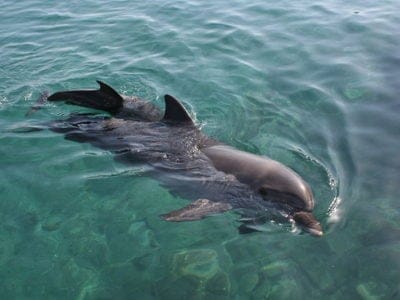
Bottlenose Dolphin
Stays in groups from 15 to 2,000 in number!'
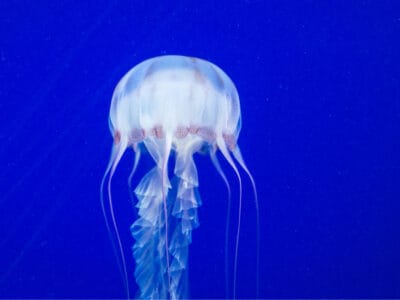
Box Jellyfish
Venomous marine animals
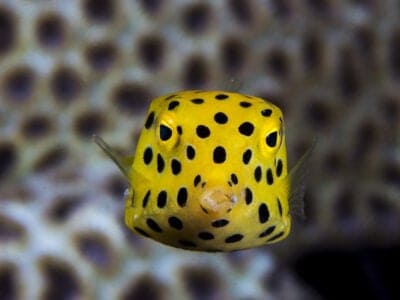
Boxfish
Can release a toxin from its skin
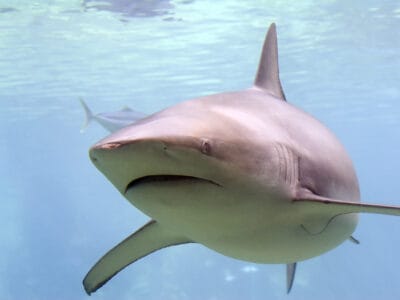
Bronze Whaler Shark
The Bronze Whaler Sharks only hunt in large groups.
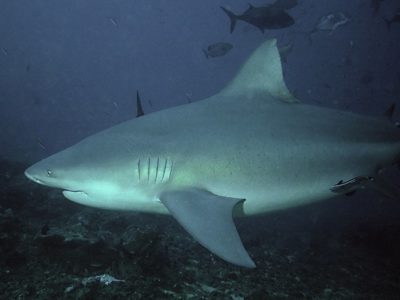
Bull Shark
Unpredictable and aggressive temperament!
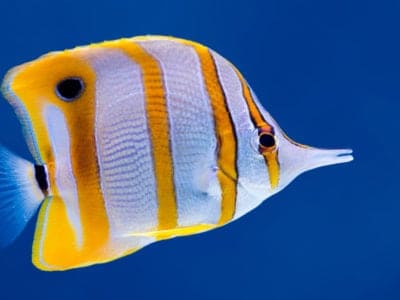
Butterfly Fish
There are more than 100 different species!
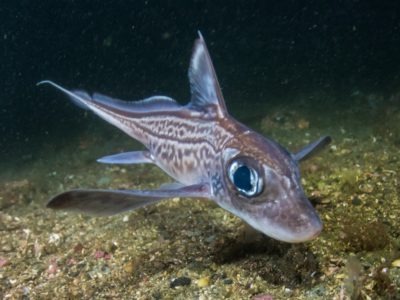
Chimaera
Also called ghost shark
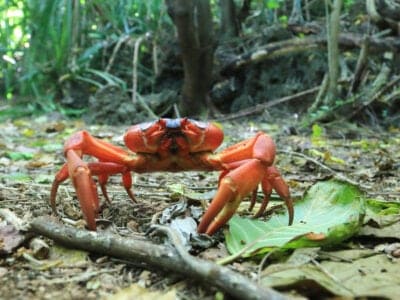
Christmas Island Red Crab
During the breeding season, roads can dangerous for cars as well as the crab. Their shells are so hard they can puncture tires.
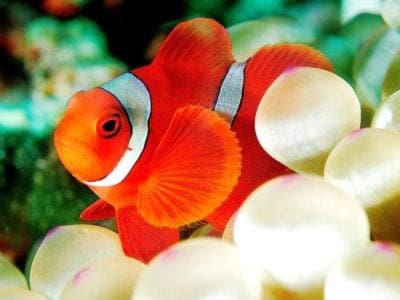
Clownfish
Also known as the anemonefish!
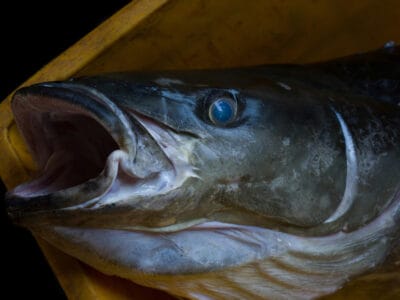
Cobia Fish
It has teeth not only in its jaws but in its tongue and the roof of its mouth
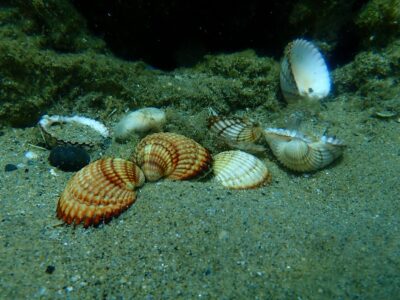
Cockle
Cockles live quite long; their lifespan usually ranges from 5 to 10 years in the wild.
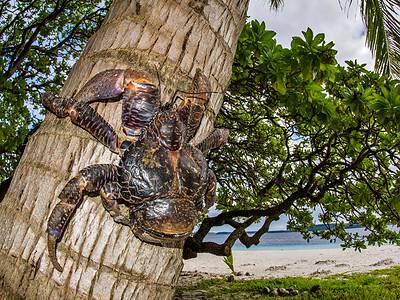
Coconut Crab
The largest terrestrial arthropod in the world
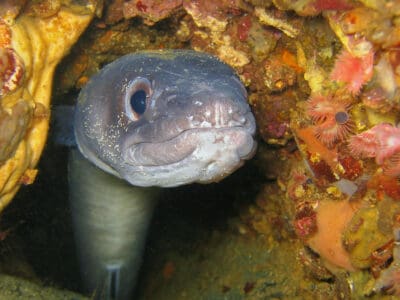
Conger Eel
The European Conger ( Conger conger) can weigh as much as an adult human!
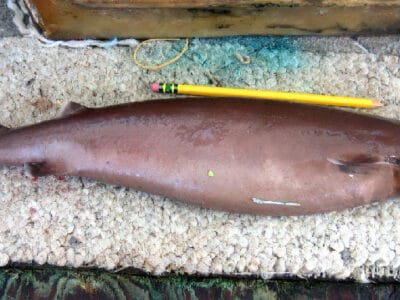
Cookiecutter Shark
The cookiecutter shark takes its name because it leaves a cookie-shaped bite hole in its prey.
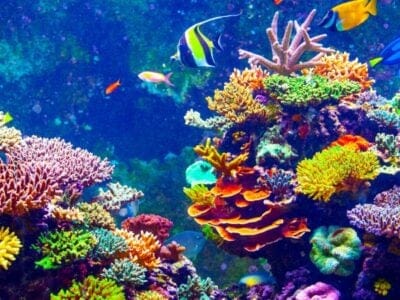
Coral
There are more than 6000 species of coral in the world's oceans.

Crab
There are 93 different crab groups
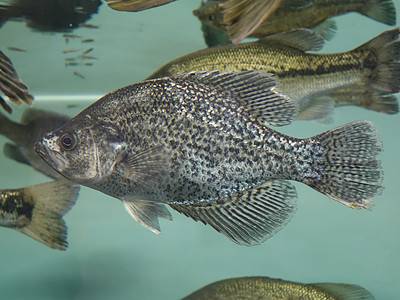
Crappie Fish
The crappie is one of the most popular freshwater fish in North America.
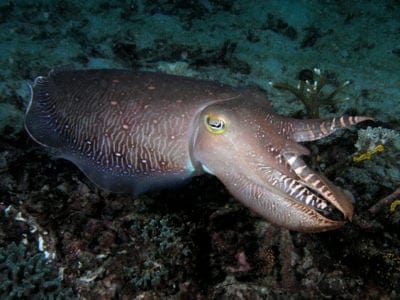
Cuttlefish
Found throughout the world's oceans!
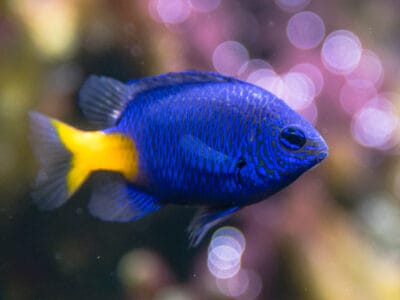
Damselfish
Damselfish belong to the family Pomacentridae
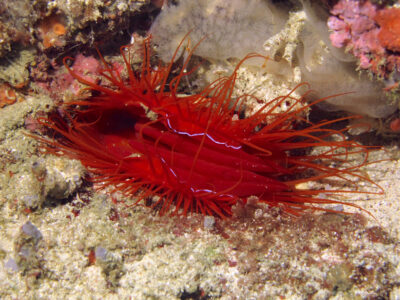
Disco Clam
Can spray acidic mucus at predators
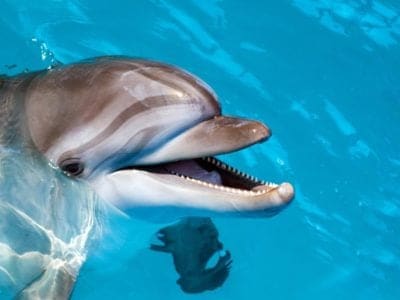
Dolphin
Can reach speeds of up to 25 mph!

Dragon Eel
Dragon eels have double jaws and two sets of razor-sharp teeth
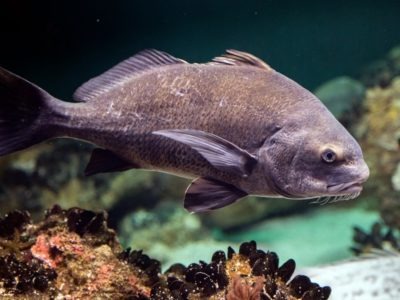
Drum Fish
The drum fish makes a croaking sound with its swimming bladder!
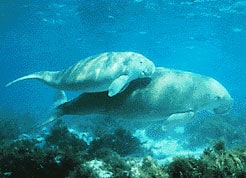
Dugong
Closely related to the Manatee!
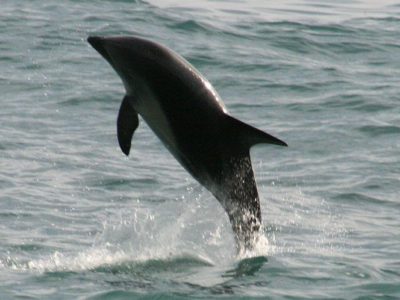
Dusky Dolphin
Communicates using whistles, squeaks and clicks!
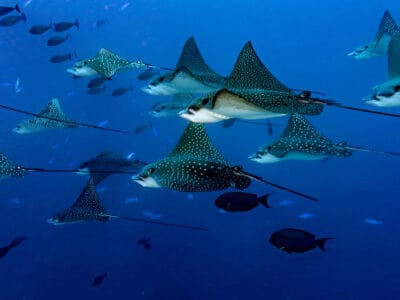
Eagle Ray
Majestic underwater bird like fish

Eel
Eels can be a mere few inches long to 13 feet!
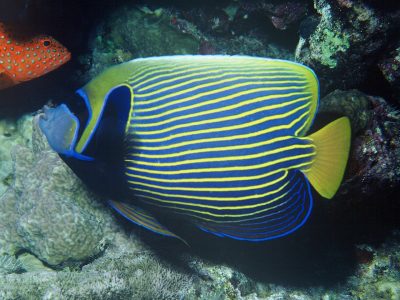
Emperor Angelfish
One of the most beautiful fish on the planet!
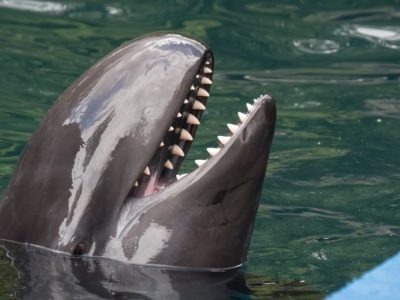
False Killer Whale
The false killer whale looks like a cross between a dolphin and orca!

Fangtooth
Has the largest teeth compared to body size of any known fish!
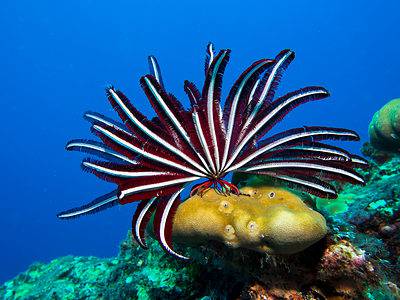
Feather Star
Feather stars look like flowers. They have no heart, eyes, or brain.
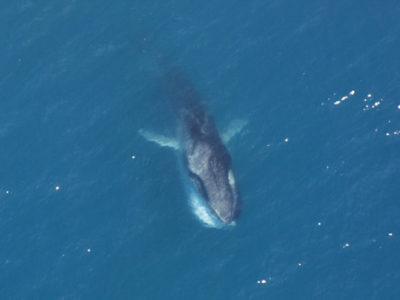
Fin Whale
Found throughout ocean waters worldwide!
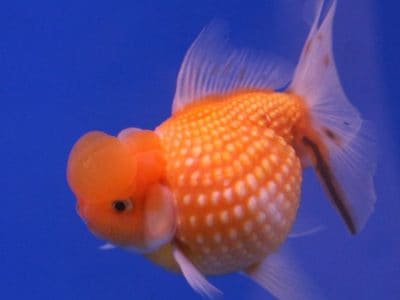
Fish
Respire through the gills on their heads!
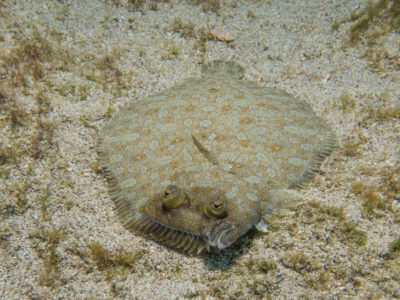
Flounder Fish
There are around 240 different species of Flounder fish

Fly
There are more than 240,000 different species!
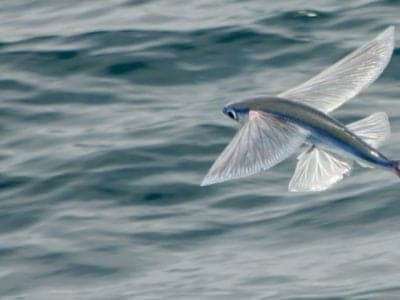
Flying Fish
Can glide in the air for hundreds of feet
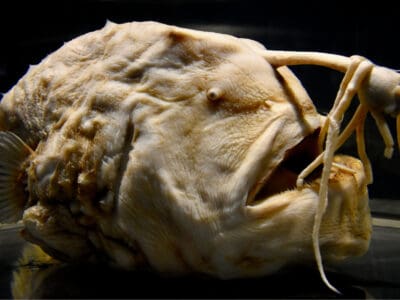
Football Fish
The football fish is named after its unusual round or oblong shape
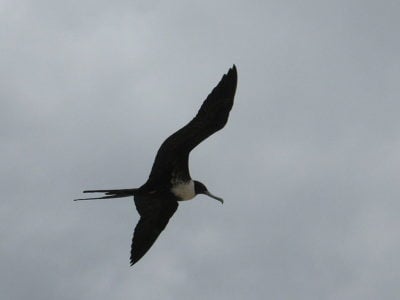
Frigatebird
Found inhabiting tropical islands and coasts!
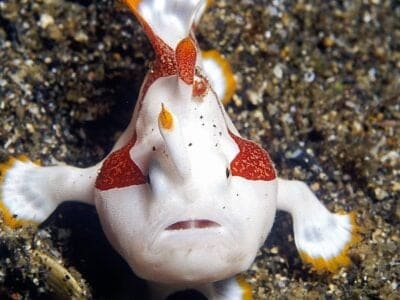
Frogfish
The frogfish can change colors, but it takes several weeks to do so
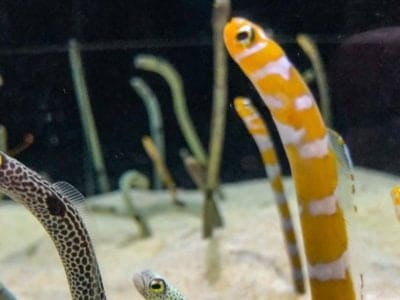
Garden Eel
Garden eel colonies are made up of hundreds to thousands of individuals.
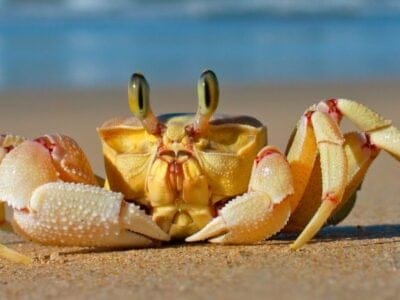
Ghost Crab
Their eyestalks, which are sometimes horned, can swivel 360 degrees
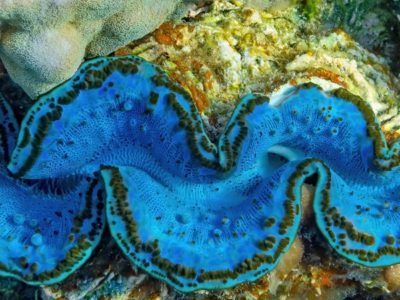
Giant Clam
Can reach nearly 4ft in length!
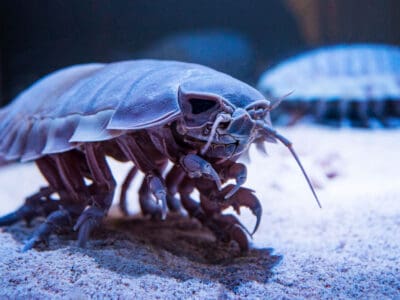
Giant Isopod
Giant isopods are the largest group of isopods in the world
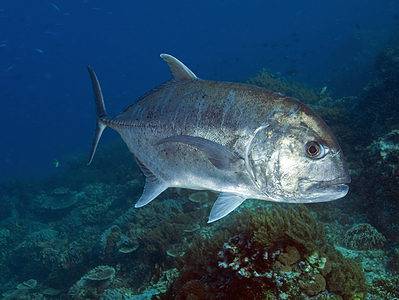
Giant Trevally
The largest fish in its genus
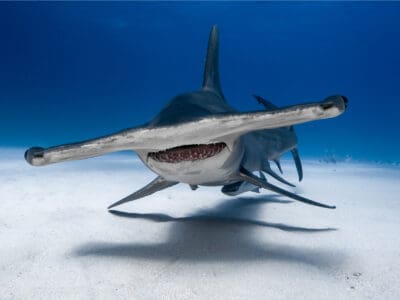
Great Hammerhead Shark
Great hammerhead sharks have a 360 view because their eyes are situated on the ends of their mallet-like heads.
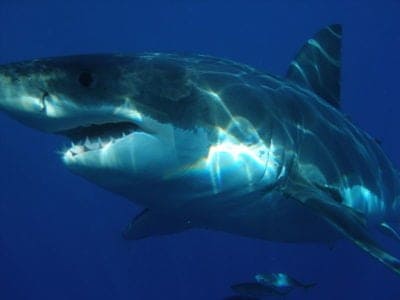
Great White Shark
Can grow to more than 8 meters long!
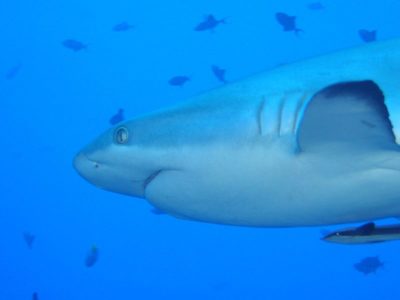
Grey Reef Shark
One of the most common shark species!
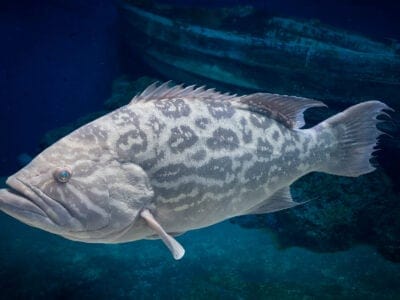
Grouper
Many grouper can change their sex, and it is always from female to male.
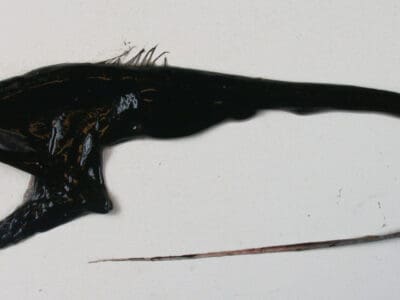
Gulper Eel
Gulper eels have a similar lifespan to humans and can live up to 85 years old. However, their age depends on their habitat and the availability of food.
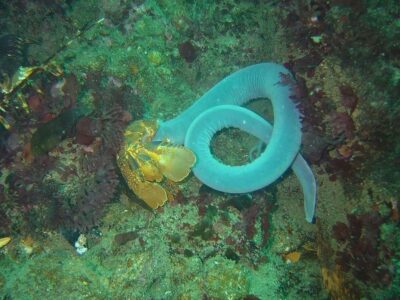
Hagfish
Can use slime to suffocate marine predators or escape capture
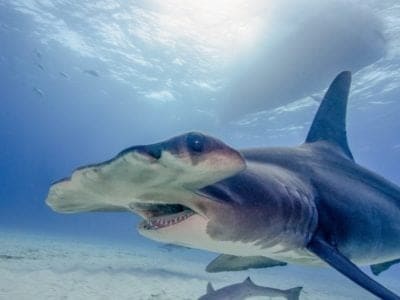
Hammerhead Shark
Found in coastal waters around the world!

Hermit Crab
There are over 500 different species!
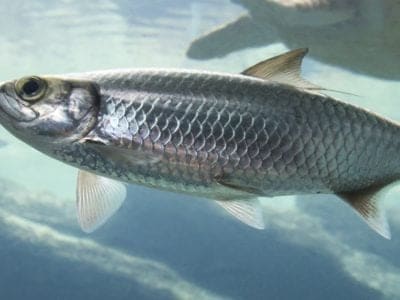
Herring
People enjoy the taste of the oily fish in many different ways including pickled, smoked, salted, dried and fermented.
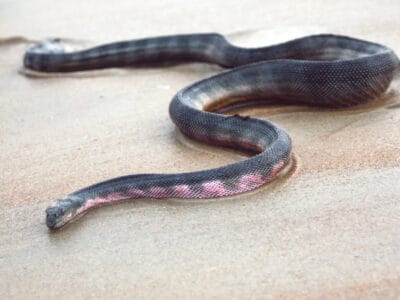
Hook-Nosed Sea Snake
Sea snakes are the most numerous venomous reptiles on Earth.
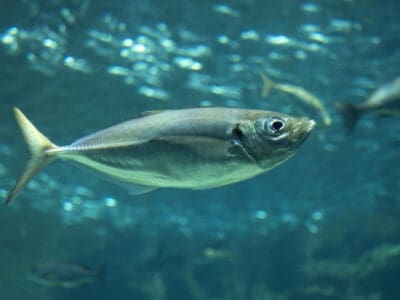
Horse Mackerel
Got their name from a myth that other fish would ride them over great distances
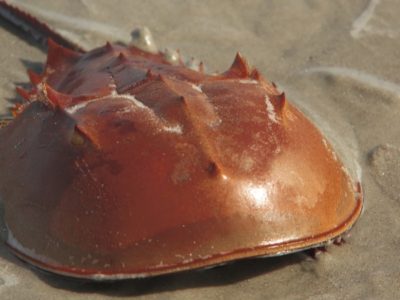
Horseshoe Crab
Changed little in over 500 million years!
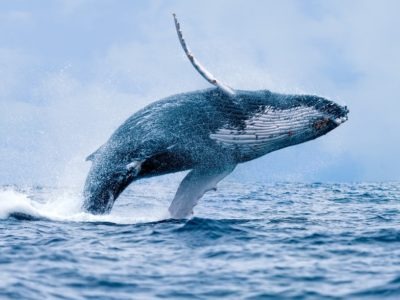
Humpback Whale
There are thought to be 80,000 left in the wild!
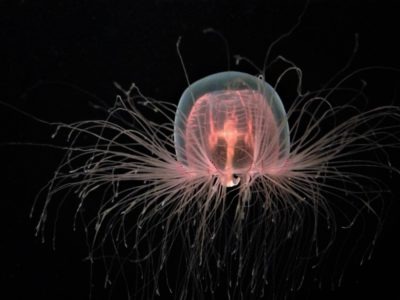
Immortal Jellyfish
Excellent hitchhiker on long-trip cargo ships
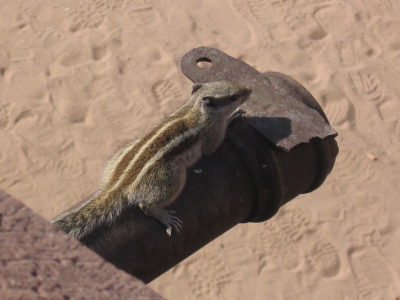
Indian Palm Squirrel
Natively found in parts of India and Sri Lanka!

Insects
There are an estimated 30 million species!

Jellyfish
Have tentacles around their mouths!
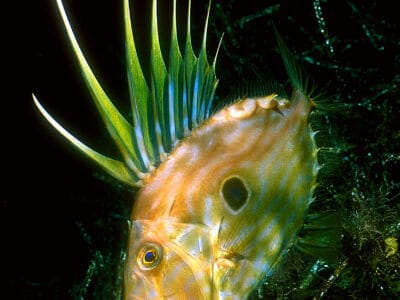
John Dory
The John Dory is often labeled one of the ugliest fish in the world and has no known relatives.
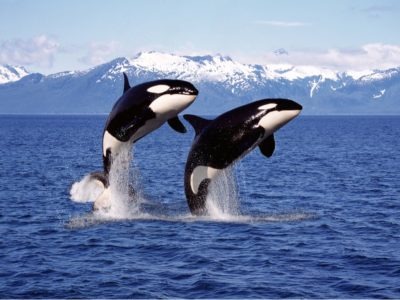
Killer Whale
Typically consumes over 200 kg of food a day!

King Crab
Can have a leg span of nearly 2 meters!
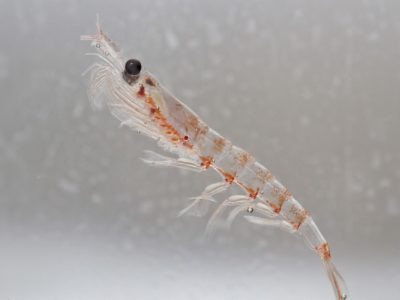
Krill
The krill is perhaps the most important animal in the marine ecosystem!
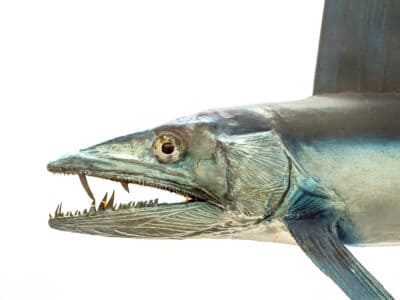
Lancetfish
Lancetfish live at depths up to 6,500 feet below sea level
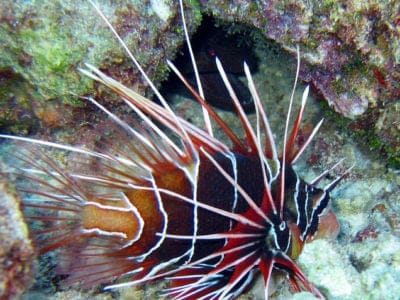
Lionfish
Females can release up to 15,000 eggs at a time!
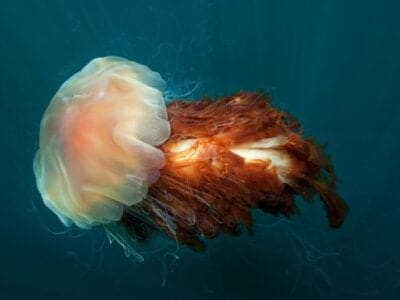
Lion’s Mane Jellyfish
Though it’s a huge animal, the lifespan of the lion’s mane jellyfish is only a year.
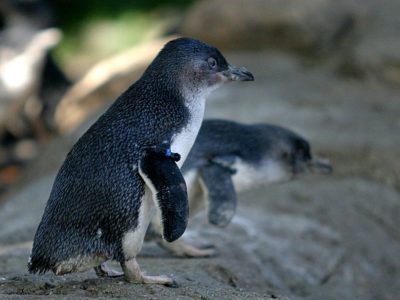
Little Penguin
The smallest species of penguin!

Livyatan
The Livyatan had 1 to 1.2 foot long, interlocking teeth
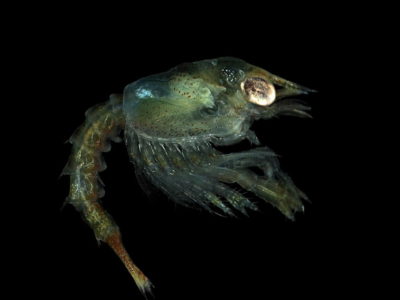
Lobster
Have been known to reach 100 years old!
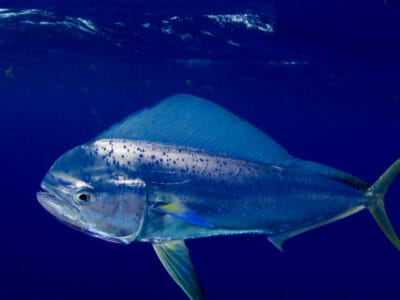
Mahi Mahi (Dolphin Fish)
It's called the rabbit of the ocean because it multiplies so quickly.
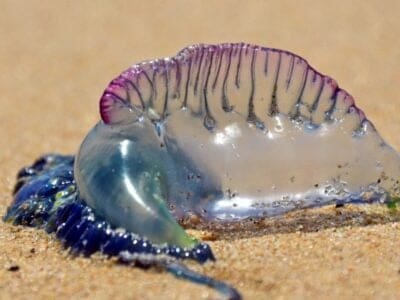
Man of War Jellyfish
Named for an 18th century warship
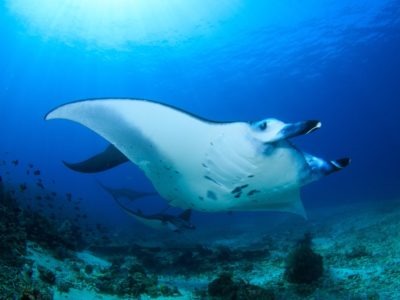
Manta Ray
Can grow up to 9m wide!
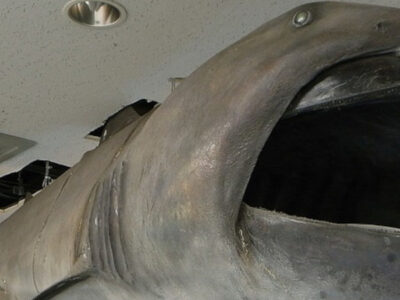
Megamouth Shark
Swims with its mouth open to capture prey
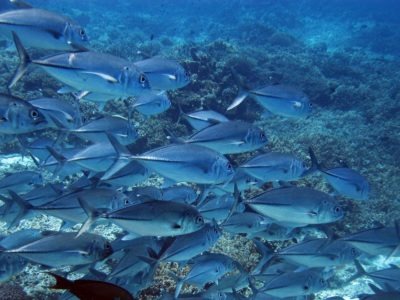
Milkfish
Females lay up to 5 million eggs at one time in warm, shallow and salty waters
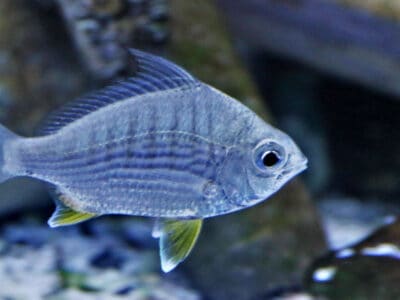
Mojarra
The mojarra's protruding mouth allows it to sift along the seabed for food
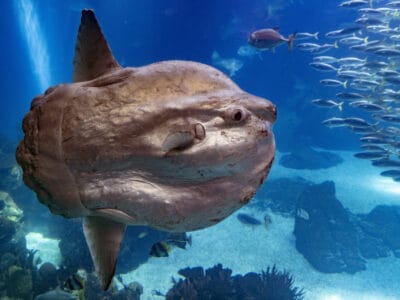
Mola mola (Ocean Sunfish)
The ocean sunfish is the biggest bony fish in the world
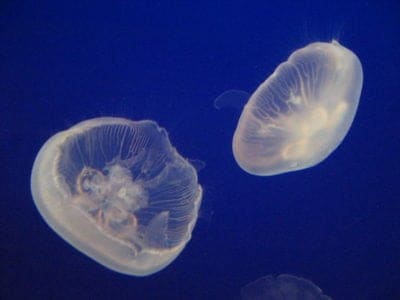
Moon Jellyfish
Moon Jellies are bioluminescent, so they glow in the dark! They can also de-age!
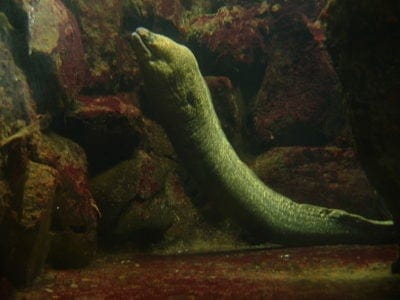
Moray Eel
Sometimes, groupers invite moray eels to help them hunt!
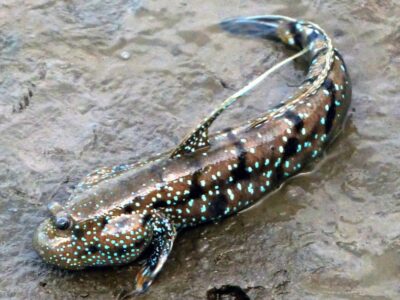
Mudskipper
They walk on land
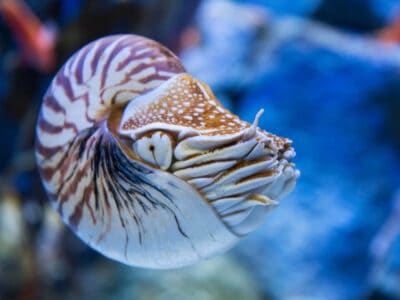
Nautilus
Living fossils that evolved over 500 million years ago

Nematode
Nematodes range in size from 1/10 of an inch to 28 feet long
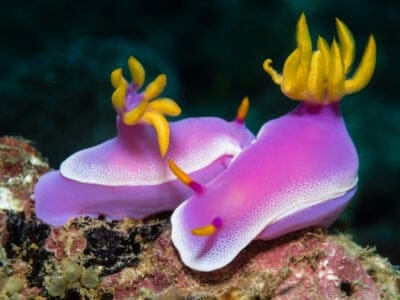
Nudibranch
They get toxins from their prey to use it against predators.
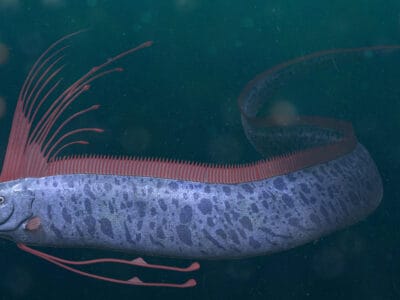
Oarfish
The Giant oarfish (Regalecus glesne) holds the Guinness Book of World Records for the longest bony fish in the world.
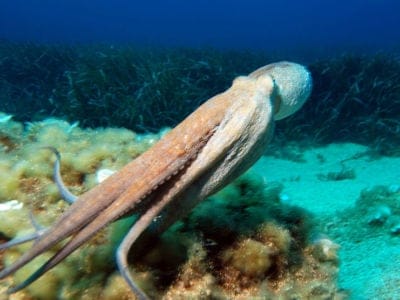
Octopus
There are around 300 different species!
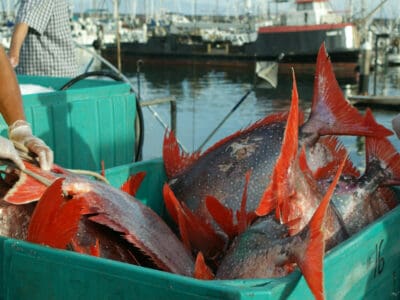
Opah
Opah are brightly colored, with red-orange fins and a silvery body.
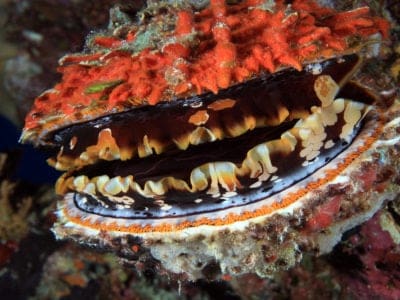
Oyster
Can process up to 10 litres of water an hour!
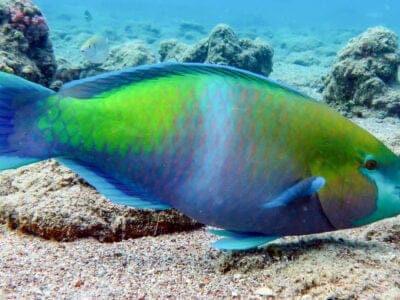
Parrotfish
The parrotfish can change from female to male at some point in its life.
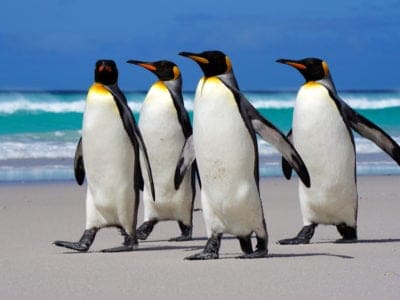
Penguin
Spends 75% of it's time hunting for food!
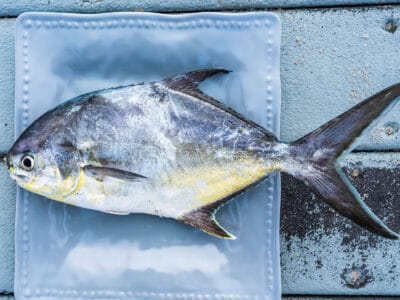
Pompano Fish
They are bottom-feeders
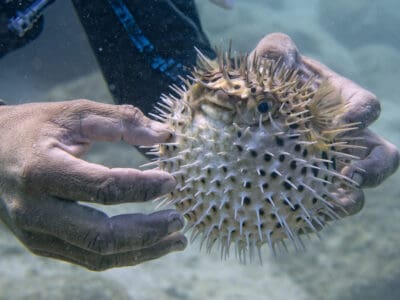
Porcupinefish
The Porcupinefish secrete a potent neurotoxin known as tetrodotoxin; this poison can kill both people and predators.
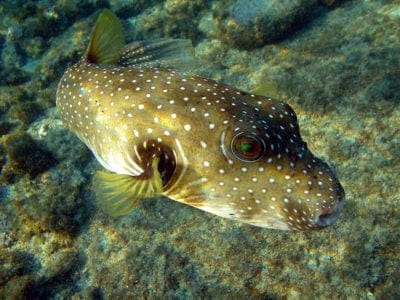
Pufferfish
The second most poisonous creature in the world!
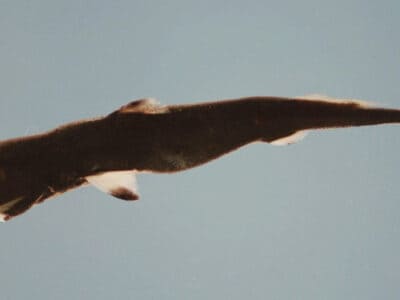
Pygmy Shark
Pygmy sharks underbelly glows to attract prey that swims beneath it.
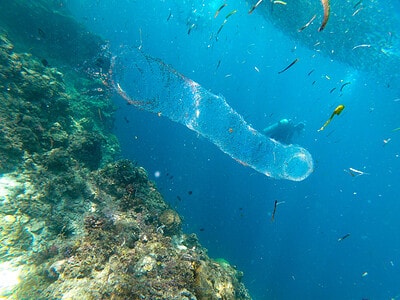
Pyrosome
They float with the current.
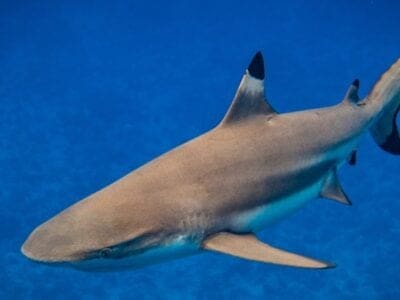
Reef Shark
Grey reef sharks can give birth without males
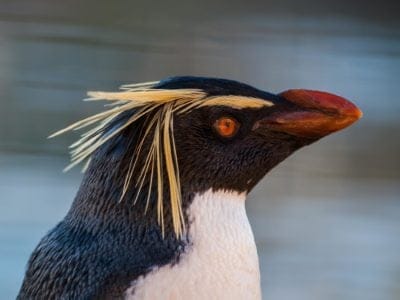
Rockhopper Penguin
There are 3 different species!
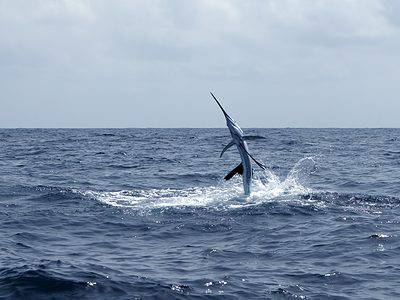
Sailfish
Fast billfish with a sail-like dorsal fin
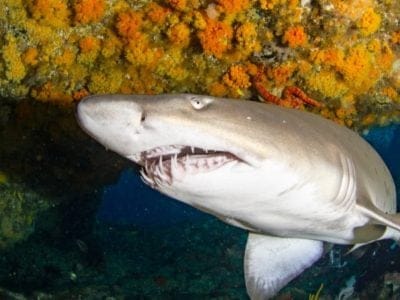
Sand Tiger Shark
The sand tiger is the shark most commonly seen in aquariums.
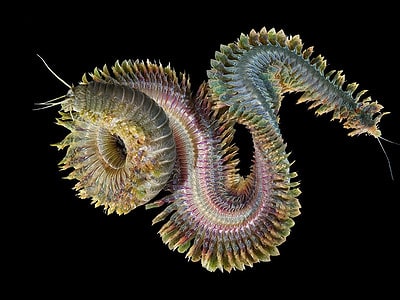
Sandworm
Legs also function as gills
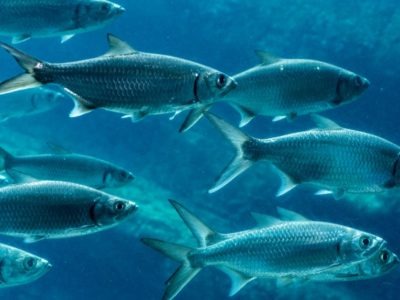
Sardines
Schools of sardines can be miles long and are often visible from an airplane
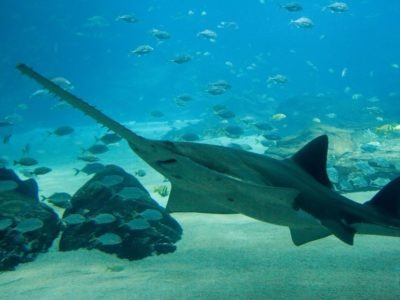
Sawfish
Sawfish teeth keep growing as the fish gets older
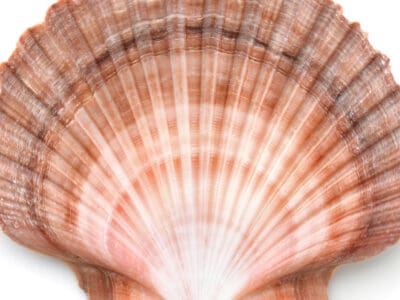
Scallops
Scallops begin their lives by attaching to sea grass on the ocean floor.
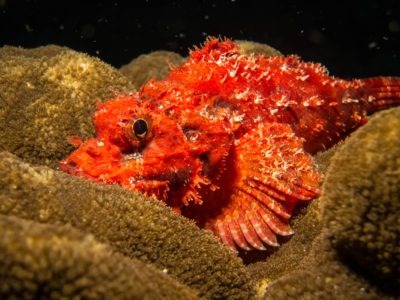
Scorpion Fish
There are more than 200 recognised species!
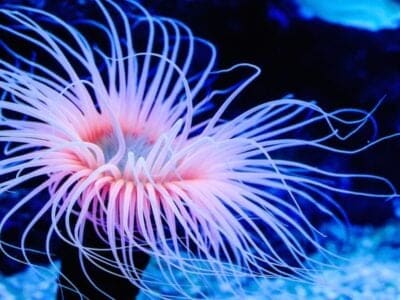
Sea Anemone
Creatures have characteristics of both animal and plant

Sea Eagle
The sea eagle tends to mate for life with a single partner
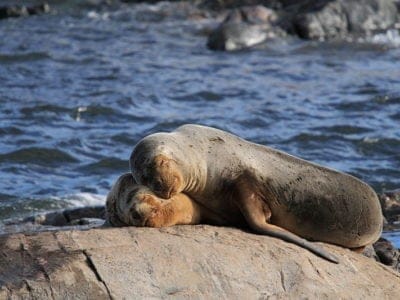
Sea Lion
It's flippers allow it to walk on the land
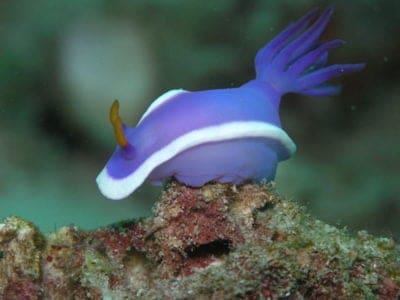
Sea Slug
All sea slugs have both male and female sex organs

Sea Snake
The sea snake is incredibly venomous, even more than a cobra!”
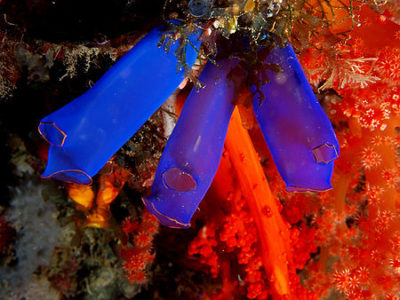
Sea Squirt
There are more than 3,000 known species!
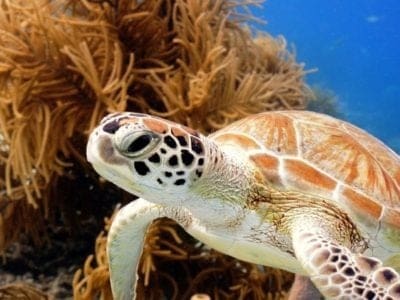
Sea Turtle
Always return to the same beach to lay eggs!
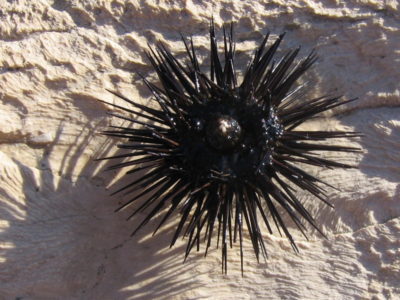
Sea Urchin
Can live for up to 200 years!
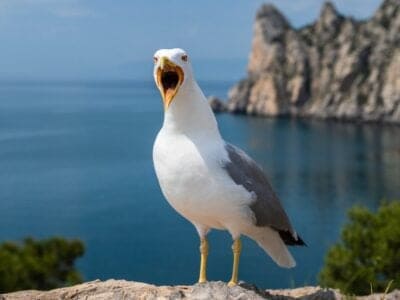
Seagull
Some gulls are capable of using tools

Seahorse
Males give birth to up to 1,000 offspring!
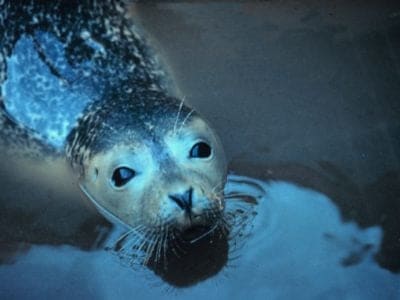
Seal
There are 30 different species worldwide!
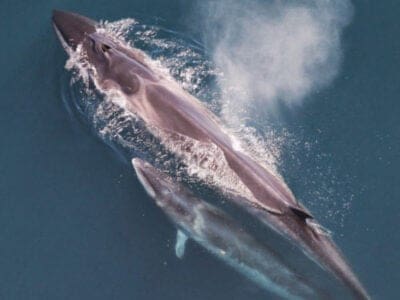
Sei Whale
This whale is one of the fastest of the cetaceans
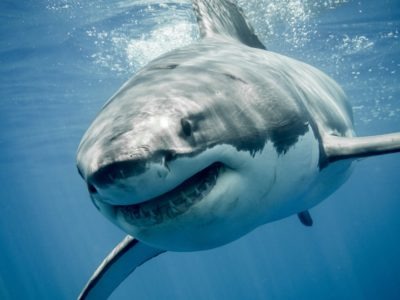
Shark
No shark species has any bones in their bodies
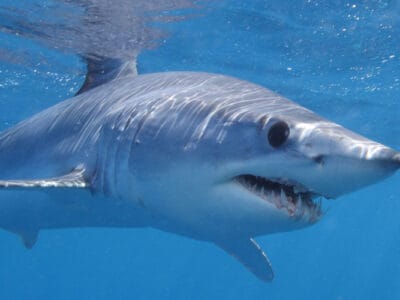
Shortfin Mako Shark
Shortfin Mako sharks can jump 20 feet above the water!”

Shrimp
There are 2,000 different species worldwide!
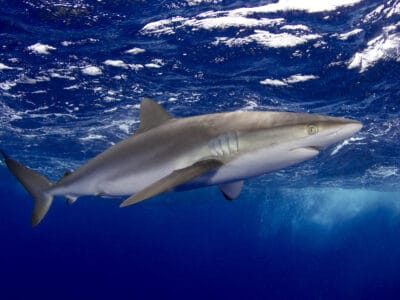
Silky Shark
Has an extremely acute sense of hearing
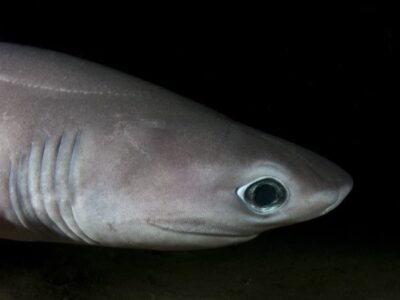
Sixgill shark
The sixgill shark has six pairs of gills instead of the normal five
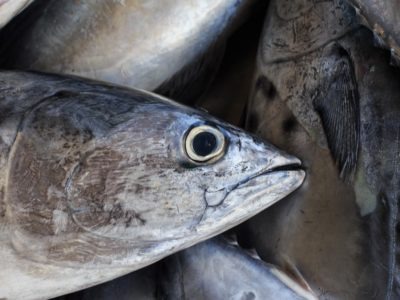
Skipjack Tuna
The skipjack is the most commonly caught tuna in the world
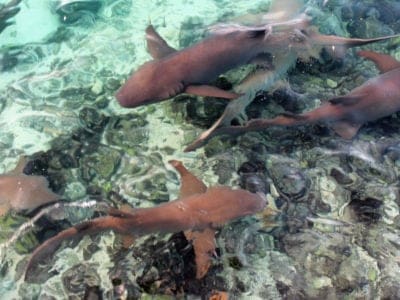
Sleeper Shark
The Greenland shark is one of the longest living vertebrates in the world.

Snail
There are nearly 1,000 different species!
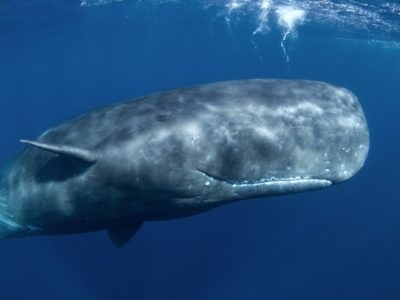
Sperm Whale
Each tooth weighs 1kg!
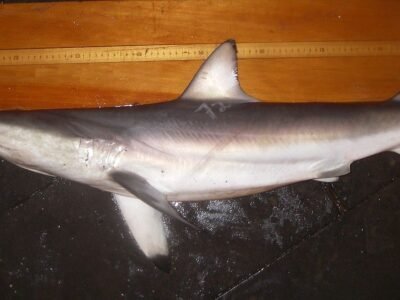
Spinner Shark
Can have up to 20 babies
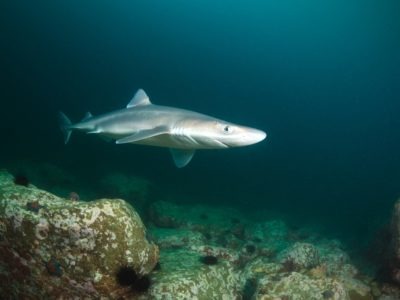
Spiny Dogfish
Found in ocean waters worldwide!
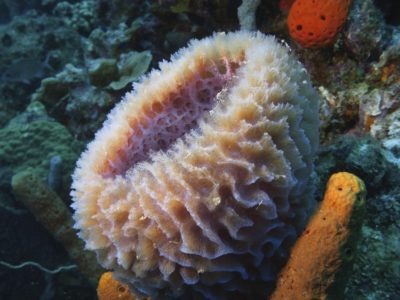
Sponge
There are more than 9,000 known species!
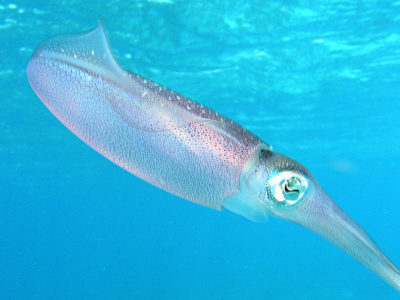
Squid
Some species are known to have 10 arms!
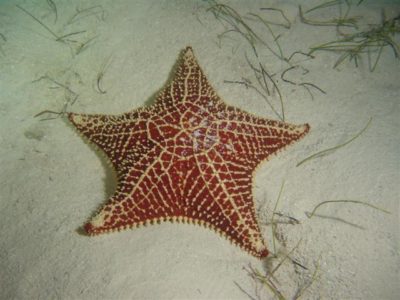
Starfish
Has 2 stomachs to aid digestion!
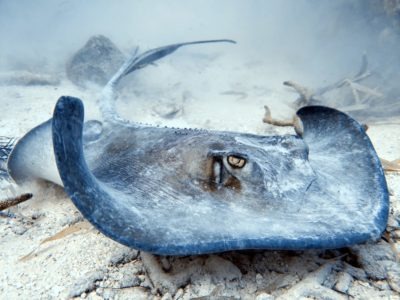
Stingray
It's stinger is razor-sharp or serrated!
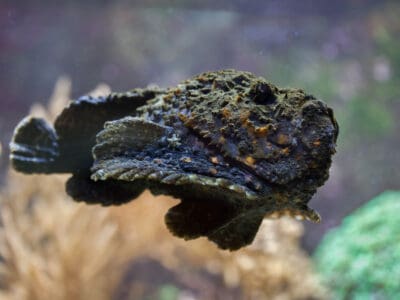
Stonefish
The most venomous fish in the world
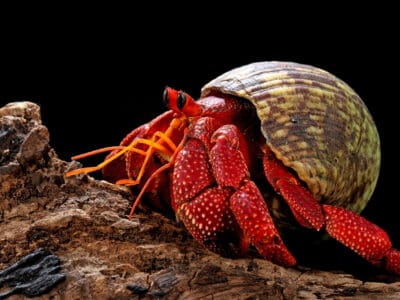
Strawberry Hermit Crab
When strawberry hermit crabs find shells that are larger than their own, they gather in a line from biggest to smallest. Once the biggest one sheds its shell, the next one in line will claim it, which is repeated down the line.
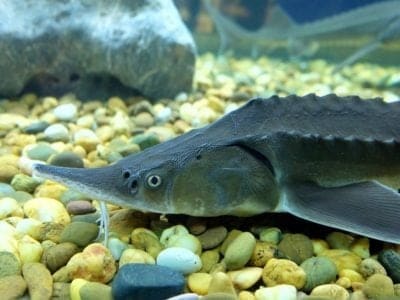
Sturgeon
Large species can swallow whole salmon
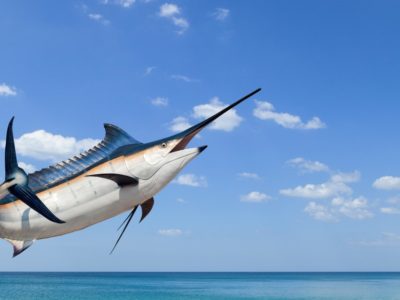
Swordfish
Lose their scales and teeth as adults
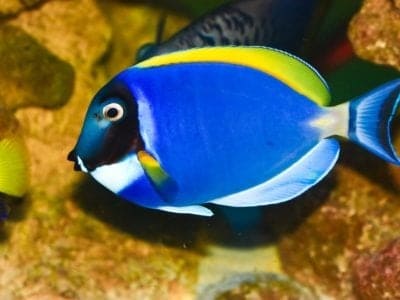
Tang
Found around shallow coral reefs!
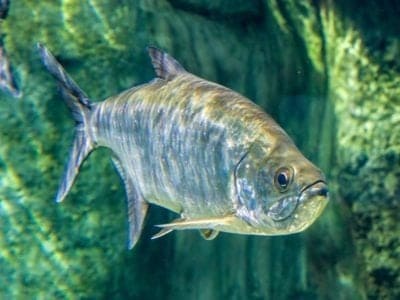
Tarpon
Its genus dates back to the Cretaceous period – 113 million years ago
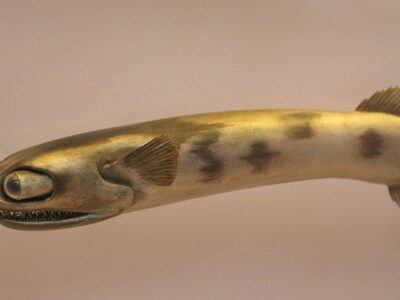
Telescope Fish
Swallows food, much of it larger than them, whole
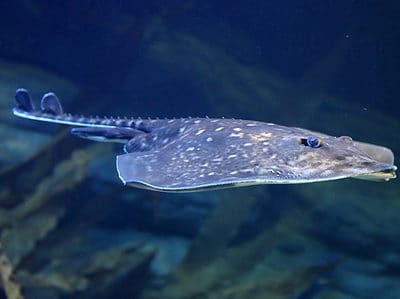
Thornback Ray
The skate with the biggest spines!
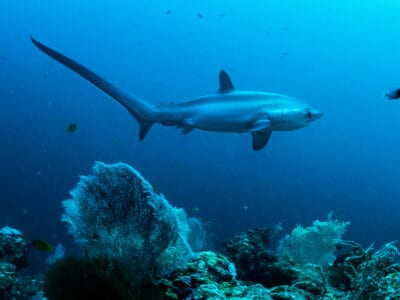
Thresher Shark
Thresher Sharks have a distinctive, thresher-like tail.
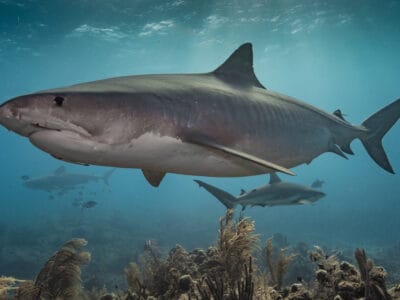
Tiger Shark
The fourth biggest species of shark in the world!
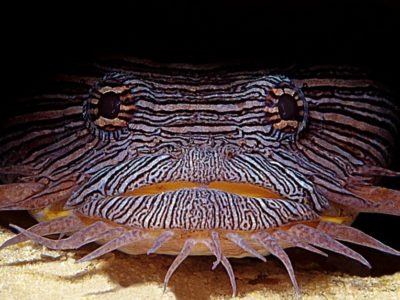
Toadfish
Can be heard out of water
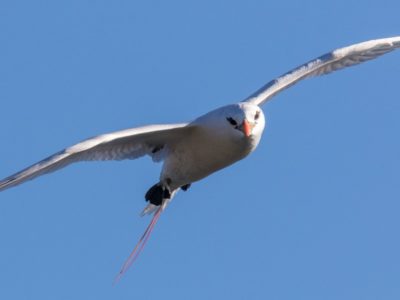
Tropicbird
Nests on tropical islands and cliffs!
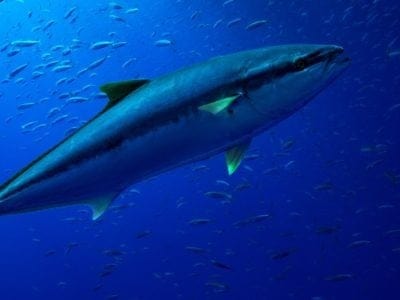
Tuna
The tuna has a sleek body that enables it to swim quickly through the water

Turtles
Some species of aquatic turtles can get up to 70 percent of their oxygen through their butt.
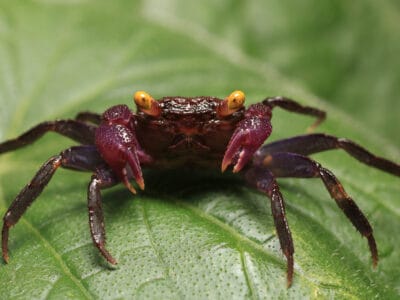
Vampire Crab
Vampire crabs do not depend on saltwater for their development; instead, they live near freshwater rivers and in forests amongst rocks and dense vegetation.

Viperfish
Viperfish have a bioluminescent spine on their dorsal fin.
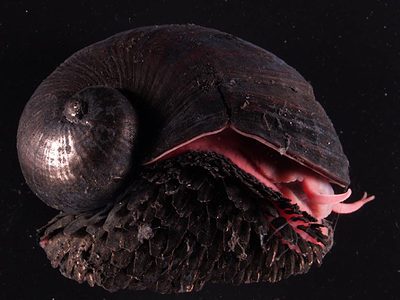
Volcano Snail
The volcano snail lives comfortably in temperatures of up to 750 degrees Fahrenheit.

Wahoo Fish
Wahoo can change colors when they're excited and while they hunt
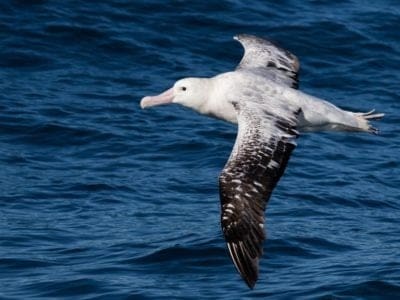
Wandering Albatross
Featured in “The Rime of the Ancient Mariner”
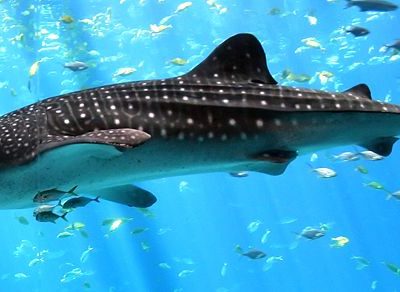
Whale Shark
The largest species of fish in the world!
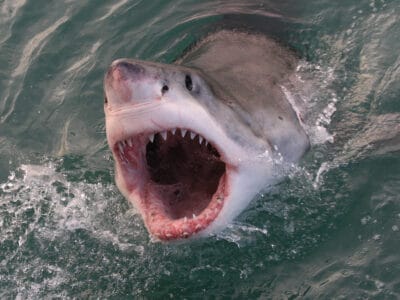
White Shark
White Sharks live in all of the world's oceans.
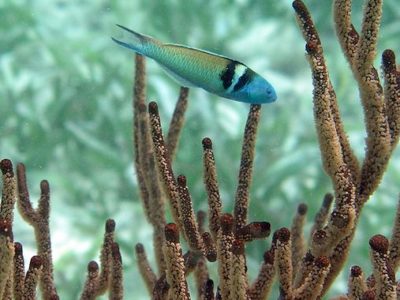
Wrasse
There are more than 500 different species!
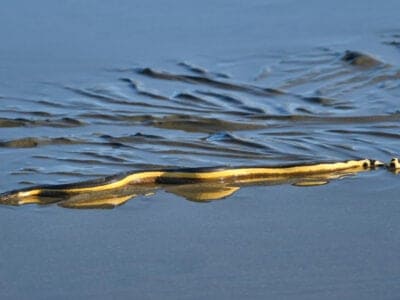
Yellow-Bellied Sea Snake
Sea snakes spend approximately 90% of their lives under water.
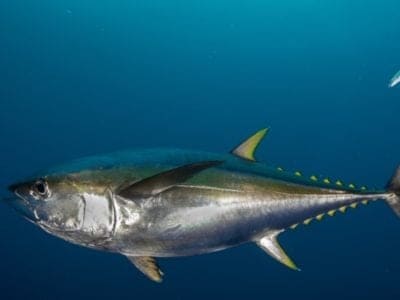
Yellowfin Tuna
The yellowfin forms schools with other tuna species
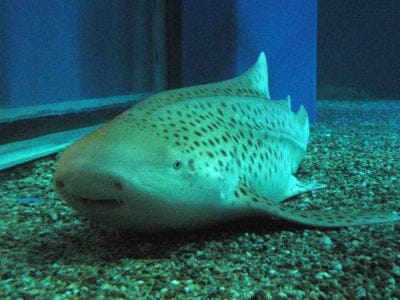
Zebra Shark
Can get to be 30 years old in the wild!
Indian Ocean Animals List
- African Penguin
- Albacore Tuna
- Aldabra Giant Tortoise
- Anchovies
- Angelfish
- Anglerfish
- Australian Flathead Perch
- Baleen Whale
- Barnacle
- Barracuda
- Barramundi Fish
- Barreleye Fish (Barrel Eye)
- Bigfin Reef Squid
- Bird
- Black Marlin
- Blanket Octopus
- Blue Dragon Sea Slug
- Blue-Ringed Octopus
- Blue Shark
- Blue Whale
- Bluefin Tuna
- Bonito Fish
- Bottlenose Dolphin
- Box Jellyfish
- Boxfish
- Bronze Whaler Shark
- Bull Shark
- Butterfly Fish
- Chimaera
- Christmas Island Red Crab
- Clownfish
- Cobia Fish
- Cockle
- Coconut Crab
- Conger Eel
- Cookiecutter Shark
- Coral
- Crab
- Crappie Fish
- Cuttlefish
- Damselfish
- Disco Clam
- Dolphin
- Dragon Eel
- Drum Fish
- Dugong
- Dusky Dolphin
- Eagle Ray
- Eel
- Emperor Angelfish
- False Killer Whale
- Fangtooth
- Feather Star
- Fin Whale
- Fish
- Flounder Fish
- Fly
- Flying Fish
- Football Fish
- Frigatebird
- Frogfish
- Garden Eel
- Ghost Crab
- Giant Clam
- Giant Isopod
- Giant Trevally
- Great Hammerhead Shark
- Great White Shark
- Grey Reef Shark
- Grouper
- Gulper Eel
- Hagfish
- Hammerhead Shark
- Hermit Crab
- Herring
- Hook-Nosed Sea Snake
- Horse Mackerel
- Horseshoe Crab
- Humpback Whale
- Immortal Jellyfish
- Indian Palm Squirrel
- Insects
- Jellyfish
- John Dory
- Killer Whale
- King Crab
- Krill
- Lancetfish
- Lionfish
- Lion’s Mane Jellyfish
- Little Penguin
- Livyatan
- Lobster
- Longfin Mako Shark
- Mahi Mahi (Dolphin Fish)
- Man of War Jellyfish
- Manta Ray
- Megamouth Shark
- Milkfish
- Mojarra
- Mola mola (Ocean Sunfish)
- Moon Jellyfish
- Moray Eel
- Mudskipper
- Nautilus
- Nematode
- Nudibranch
- Oarfish
- Octopus
- Opah
- Oyster
- Parrotfish
- Penguin
- Pompano Fish
- Porcupinefish
- Prawn
- Pufferfish
- Pygmy Shark
- Pyrosome
- Reef Shark
- Rockhopper Penguin
- Sailfish
- Sand Tiger Shark
- Sandworm
- Sardines
- Sawfish
- Scallops
- Scorpion Fish
- Sea Anemone
- Sea Eagle
- Sea Lion
- Sea Slug
- Sea Snake
- Sea Squirt
- Sea Turtle
- Sea Urchin
- Seagull
- Seahorse
- Seal
- Sei Whale
- Shark
- Shortfin Mako Shark
- Shrimp
- Silky Shark
- Sixgill shark
- Skipjack Tuna
- Sleeper Shark
- Snail
- Sperm Whale
- Spinner Shark
- Spiny Dogfish
- Sponge
- Squid
- Starfish
- Stingray
- Stonefish
- Strawberry Hermit Crab
- Sturgeon
- Swordfish
- Tang
- Tarpon
- Telescope Fish
- Thornback Ray
- Thresher Shark
- Tiger Shark
- Toadfish
- Tropicbird
- Tuna
- Turtles
- Vampire Crab
- Viperfish
- Volcano Snail
- Wahoo Fish
- Wandering Albatross
- Whale Shark
- White Shark
- Wrasse
- Yellow-Bellied Sea Snake
- Yellowfin Tuna
- Zebra Shark



